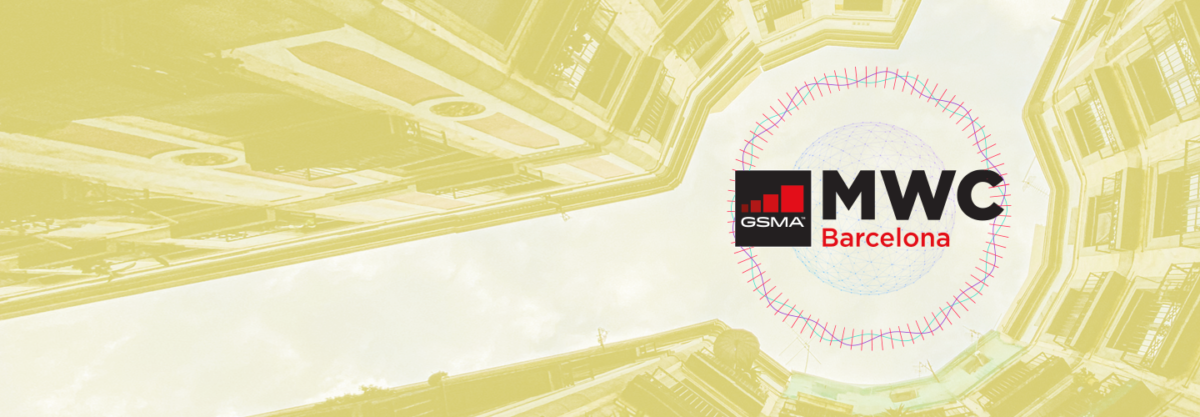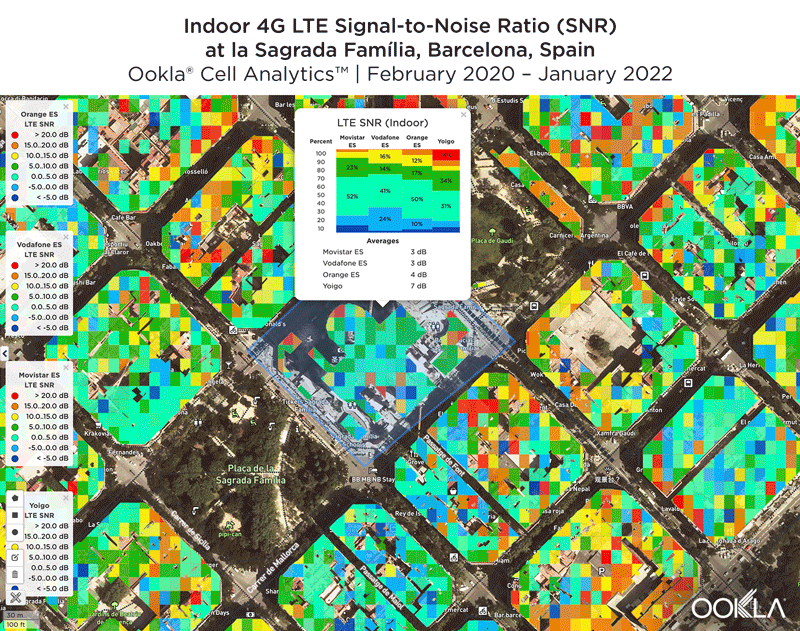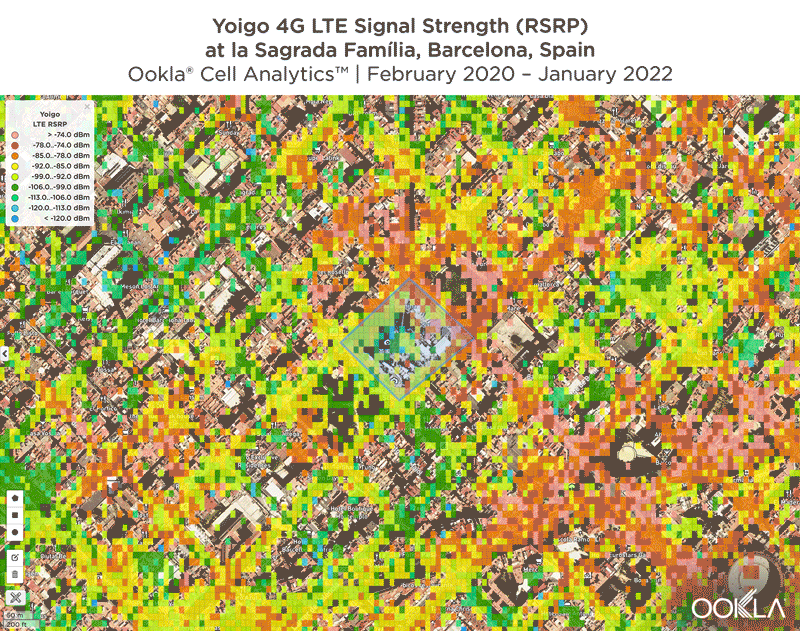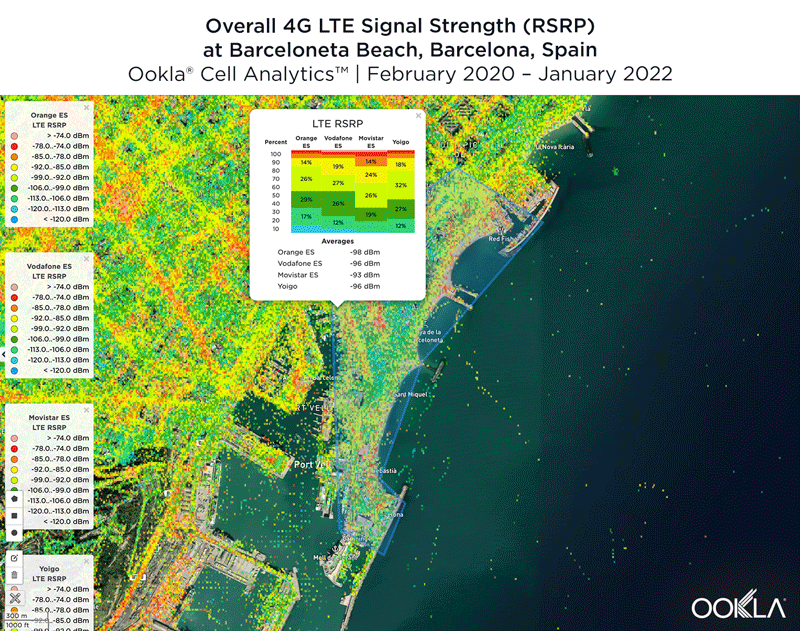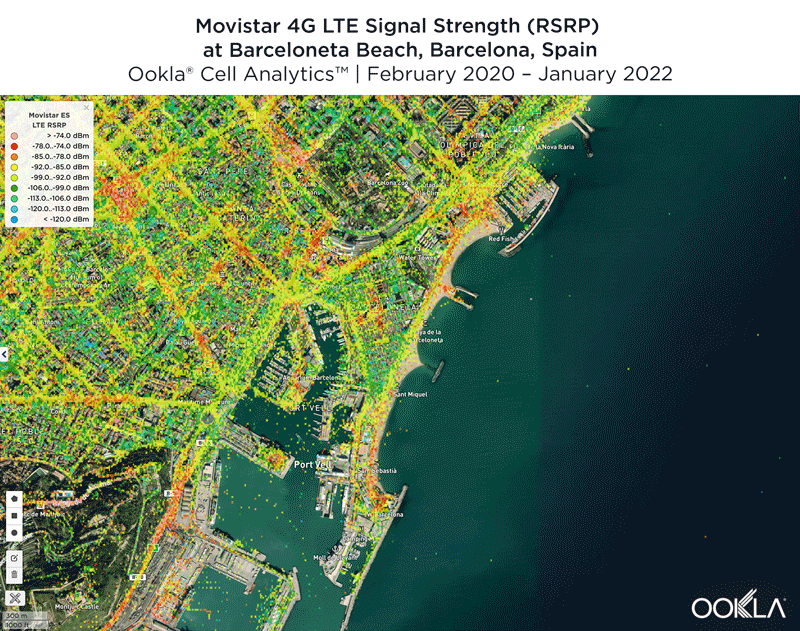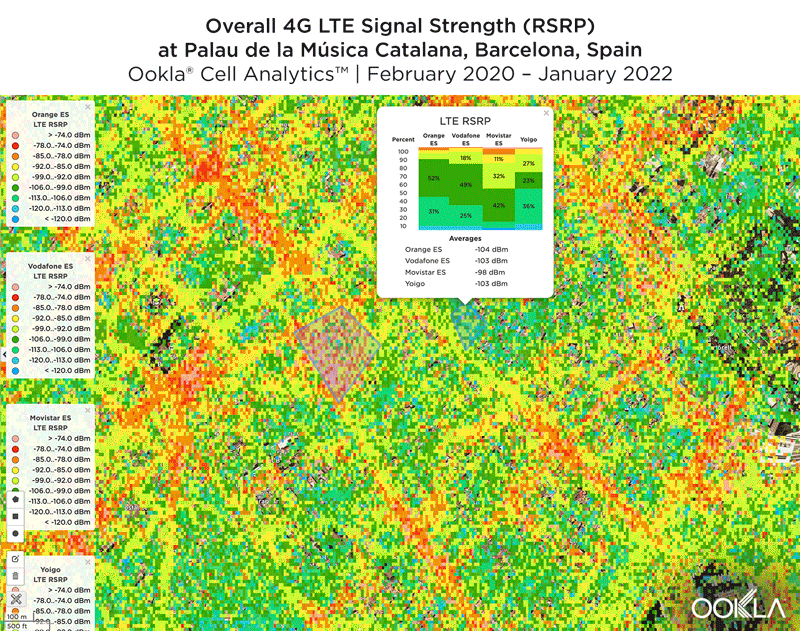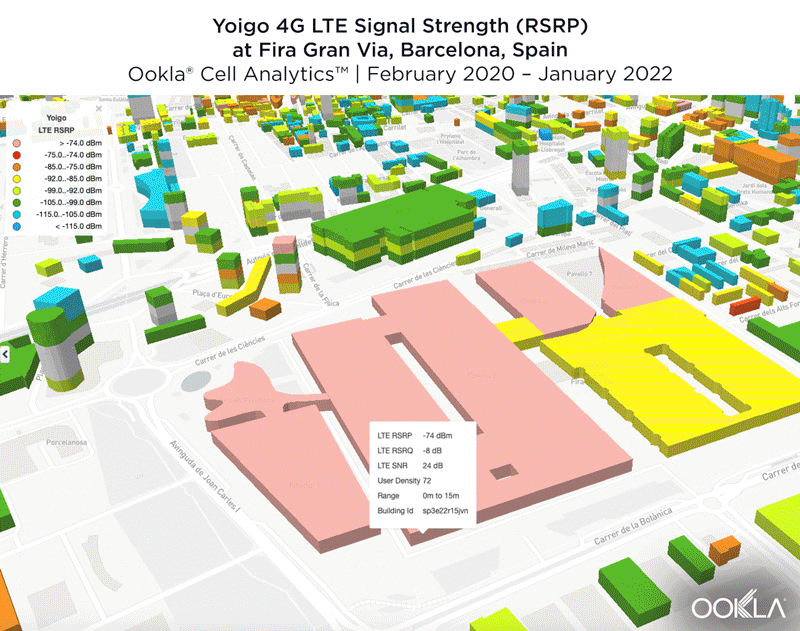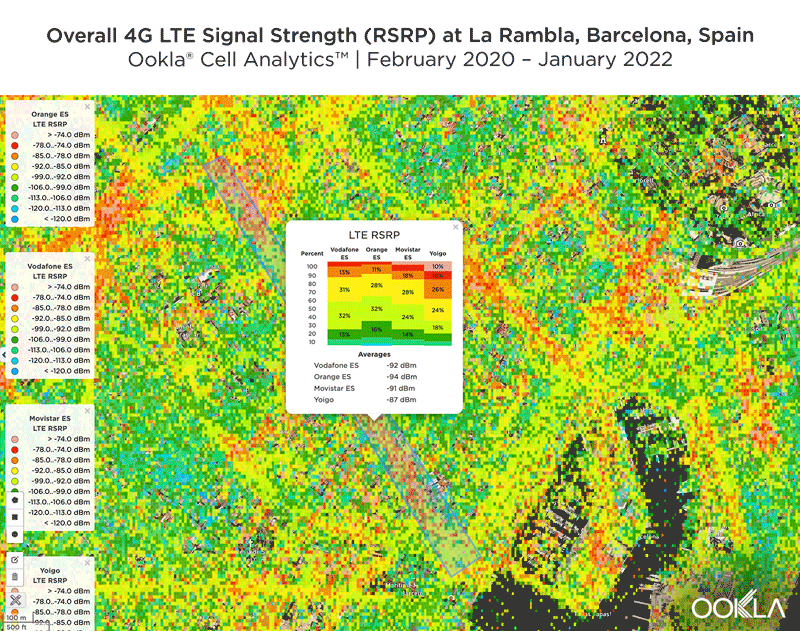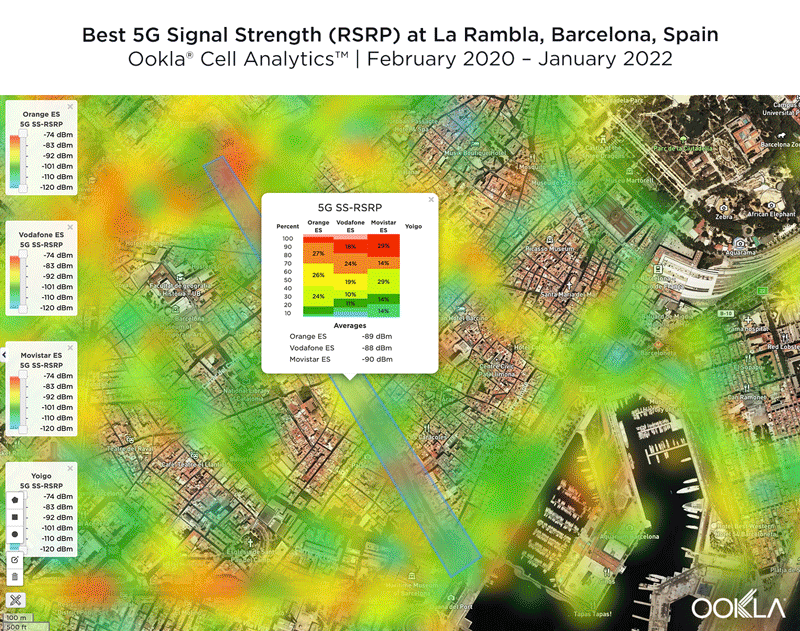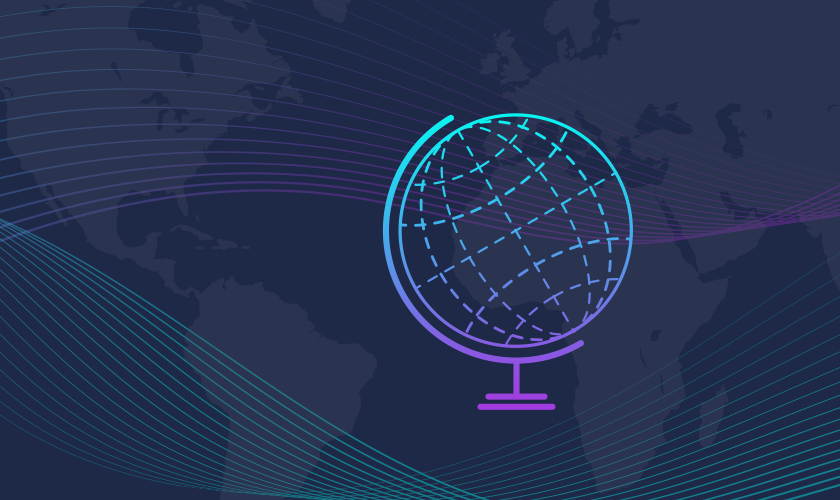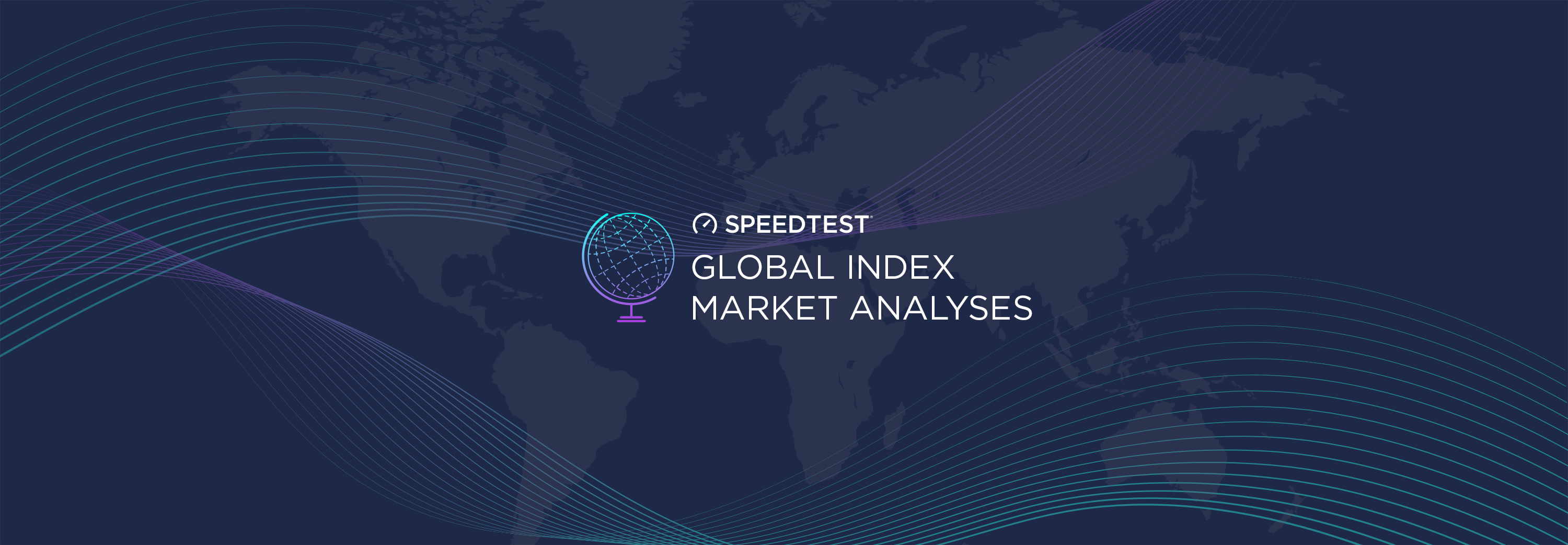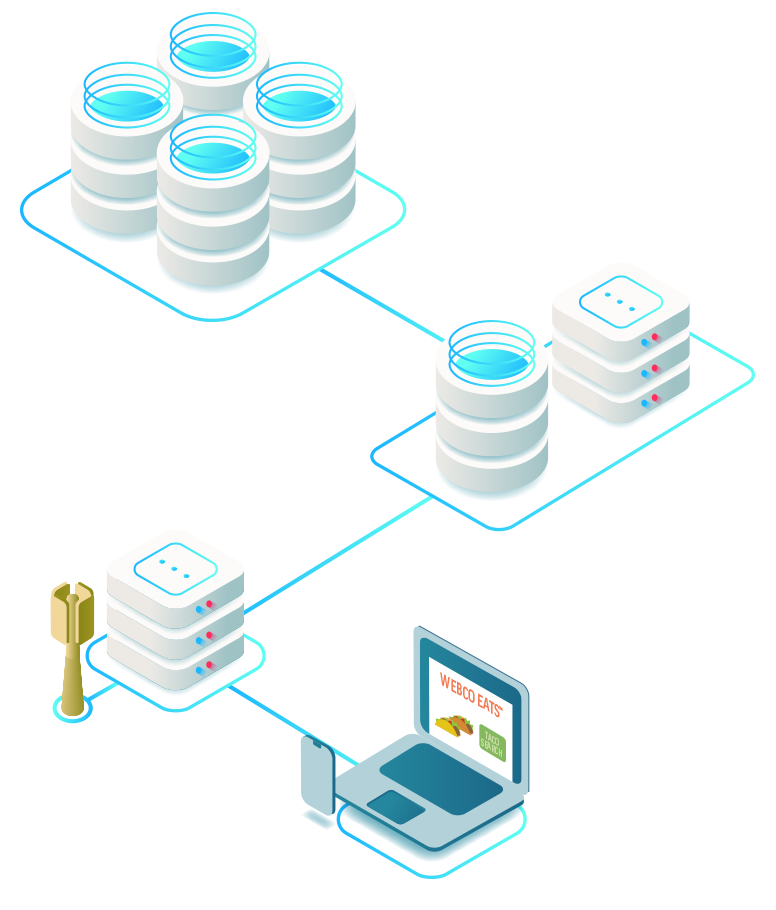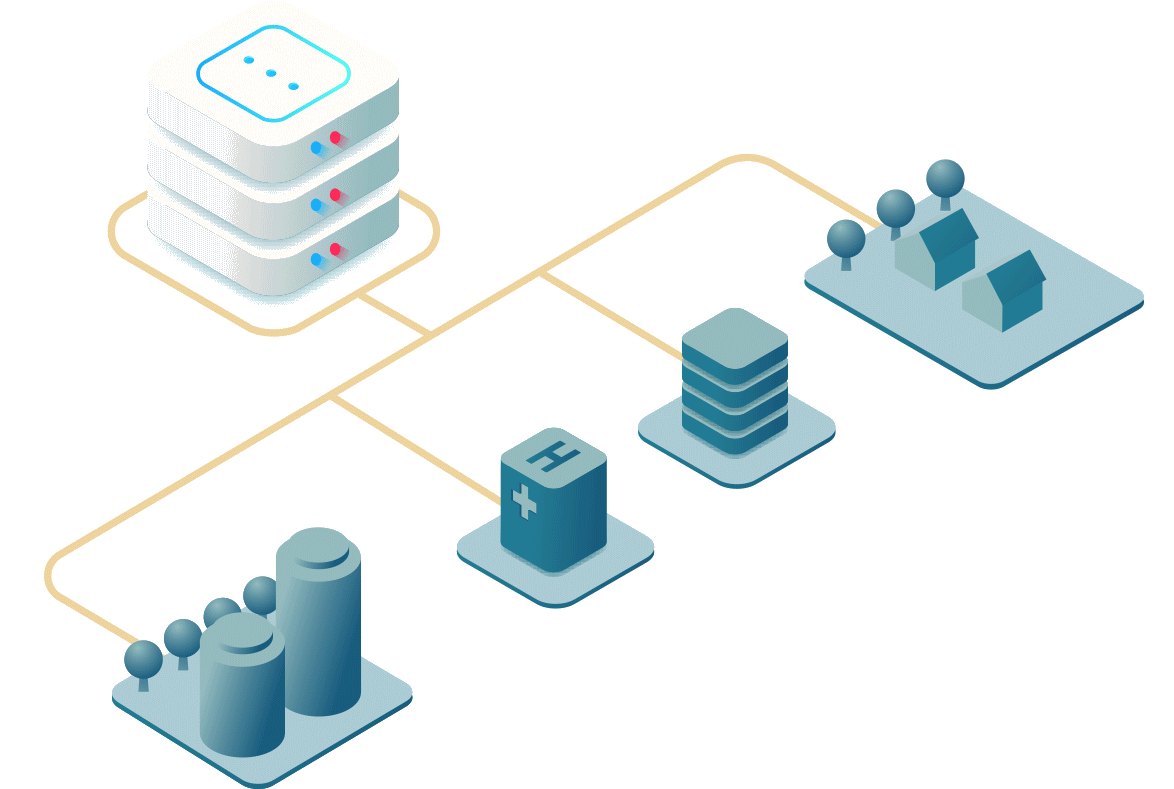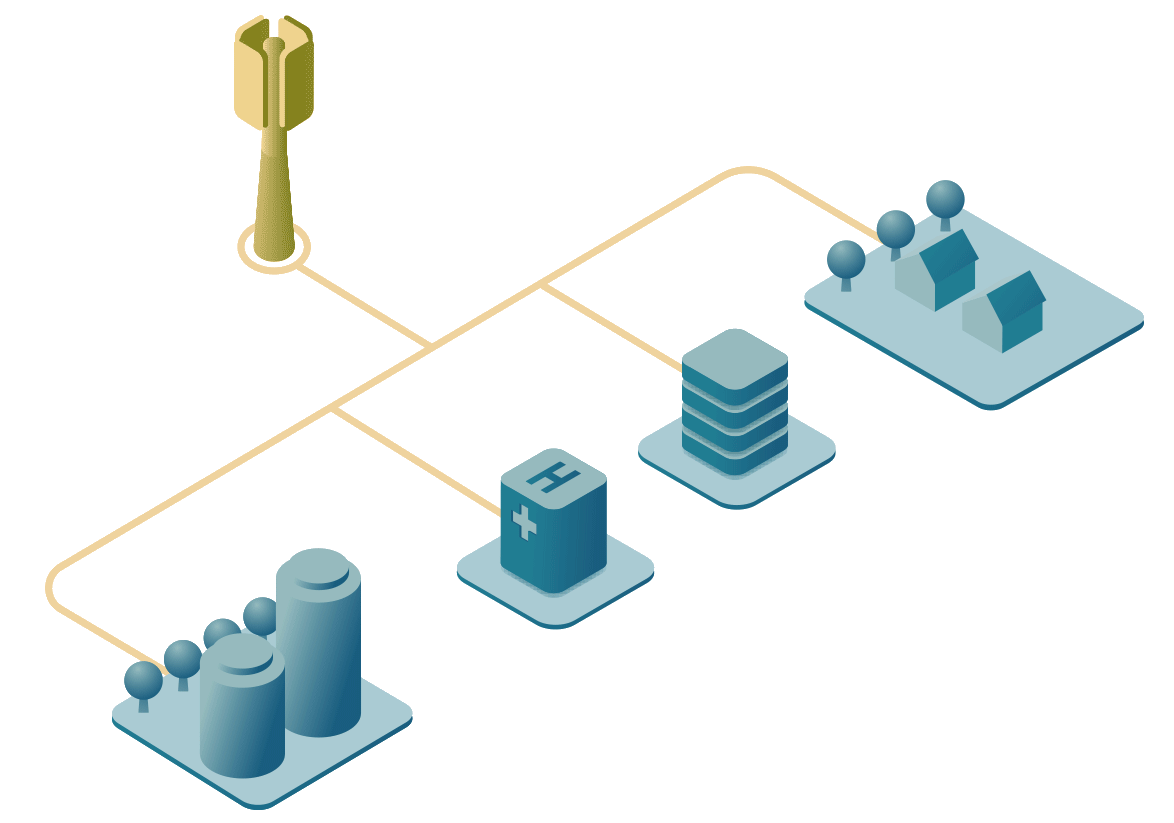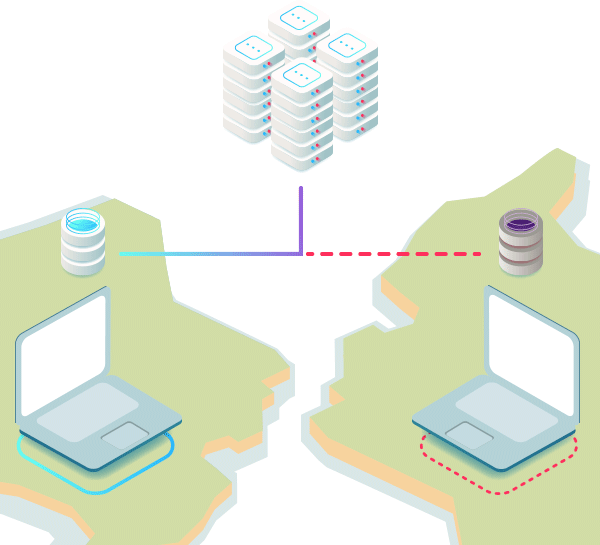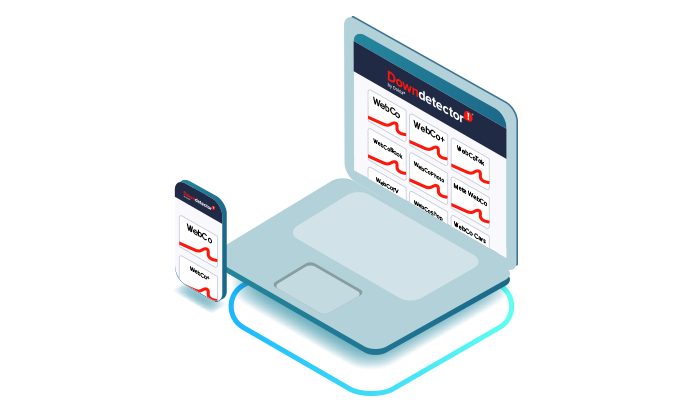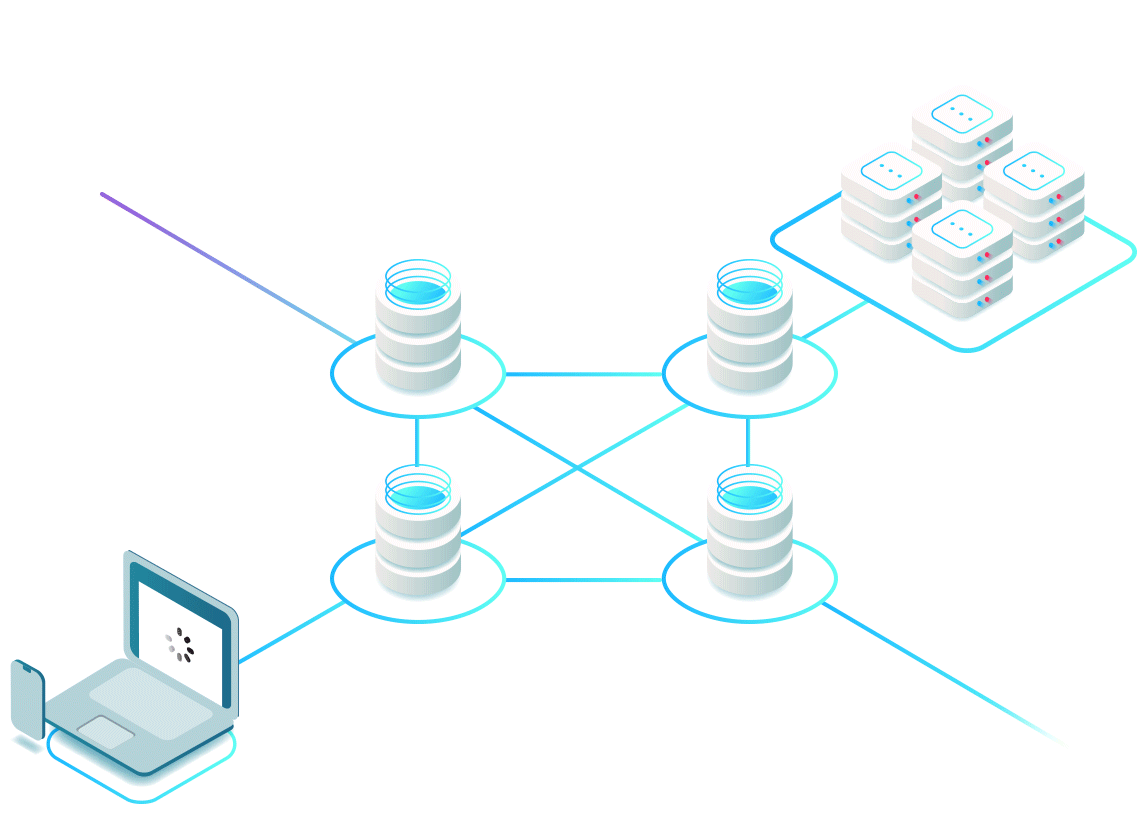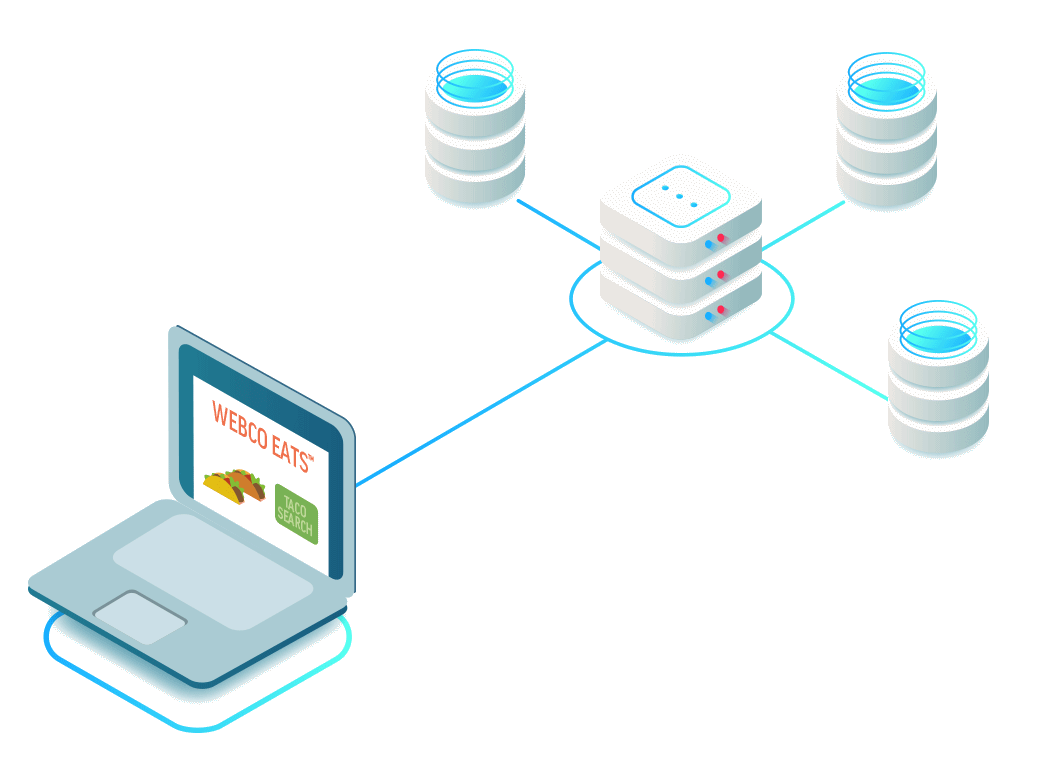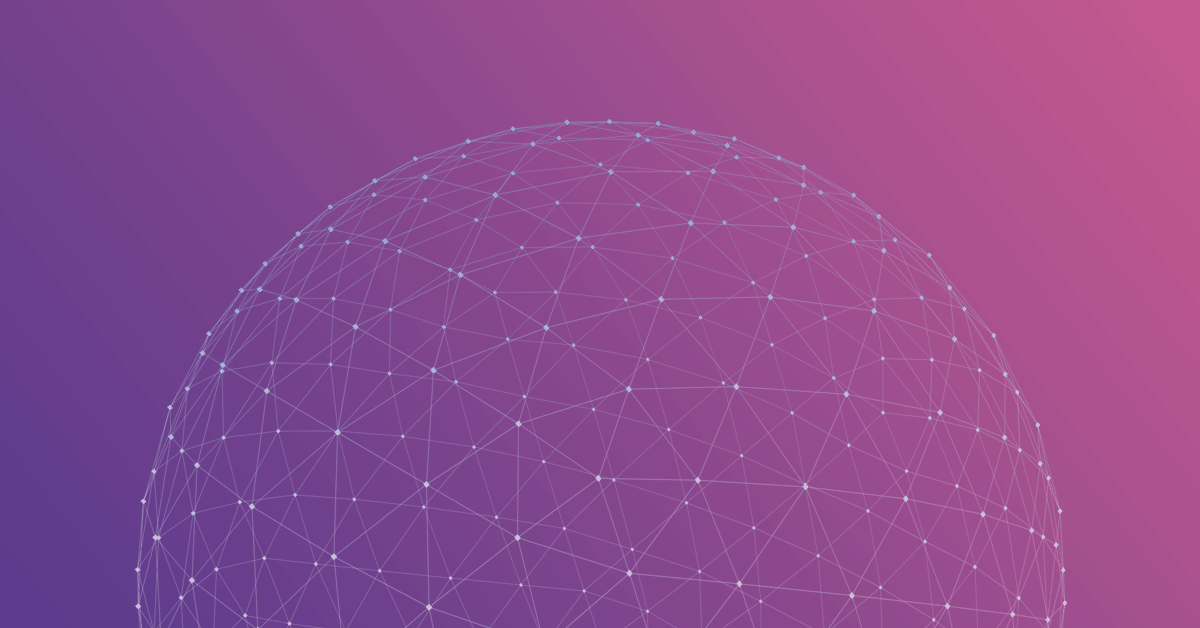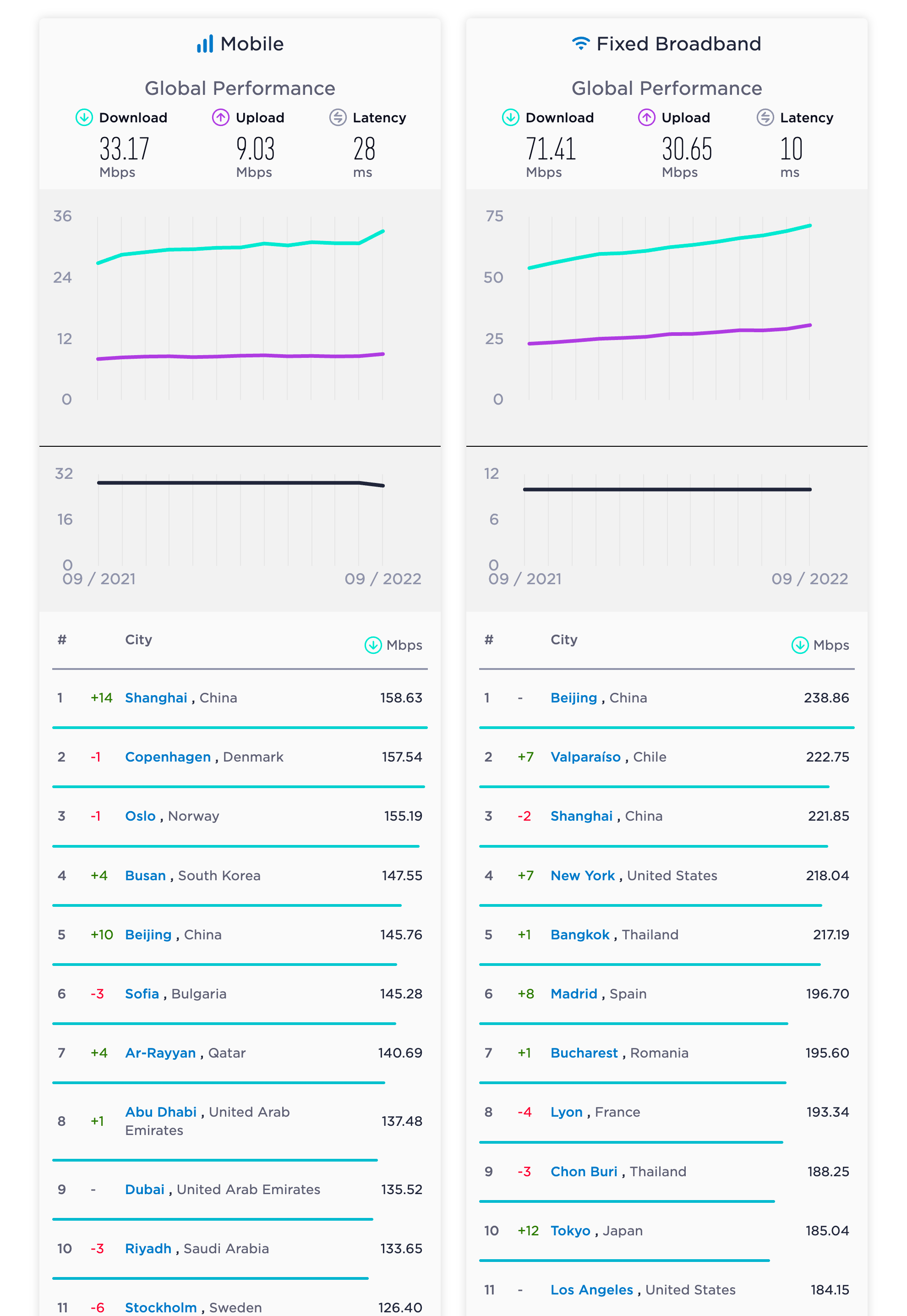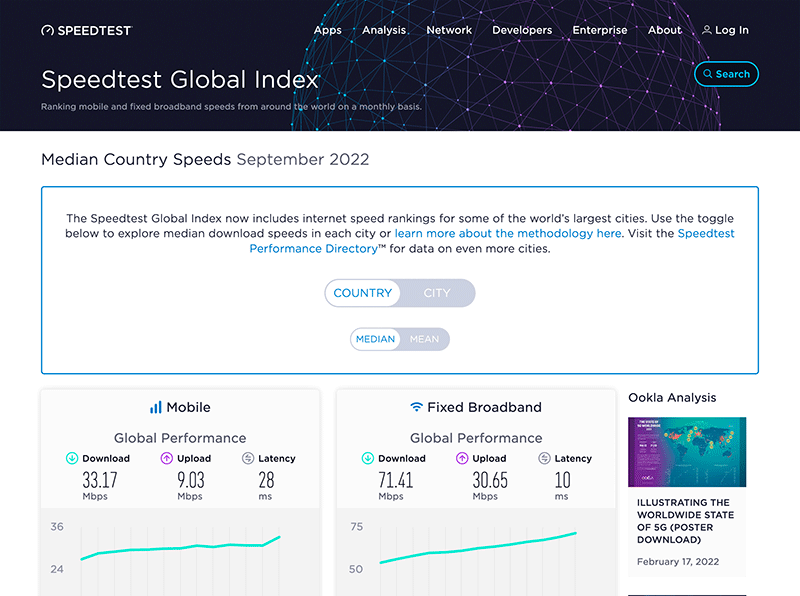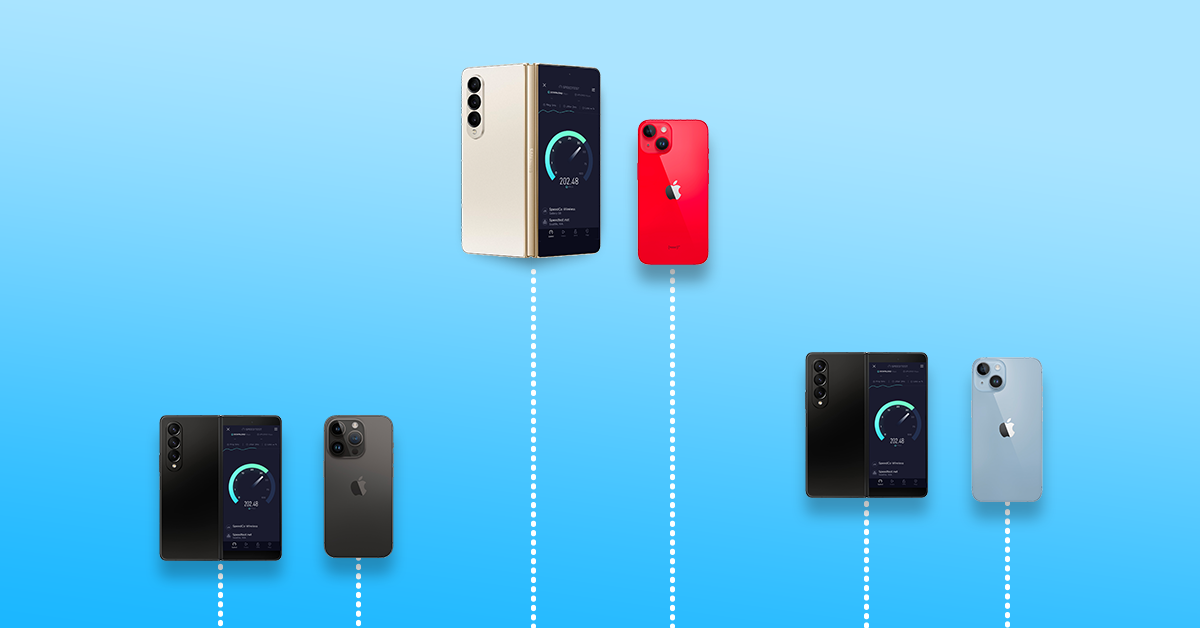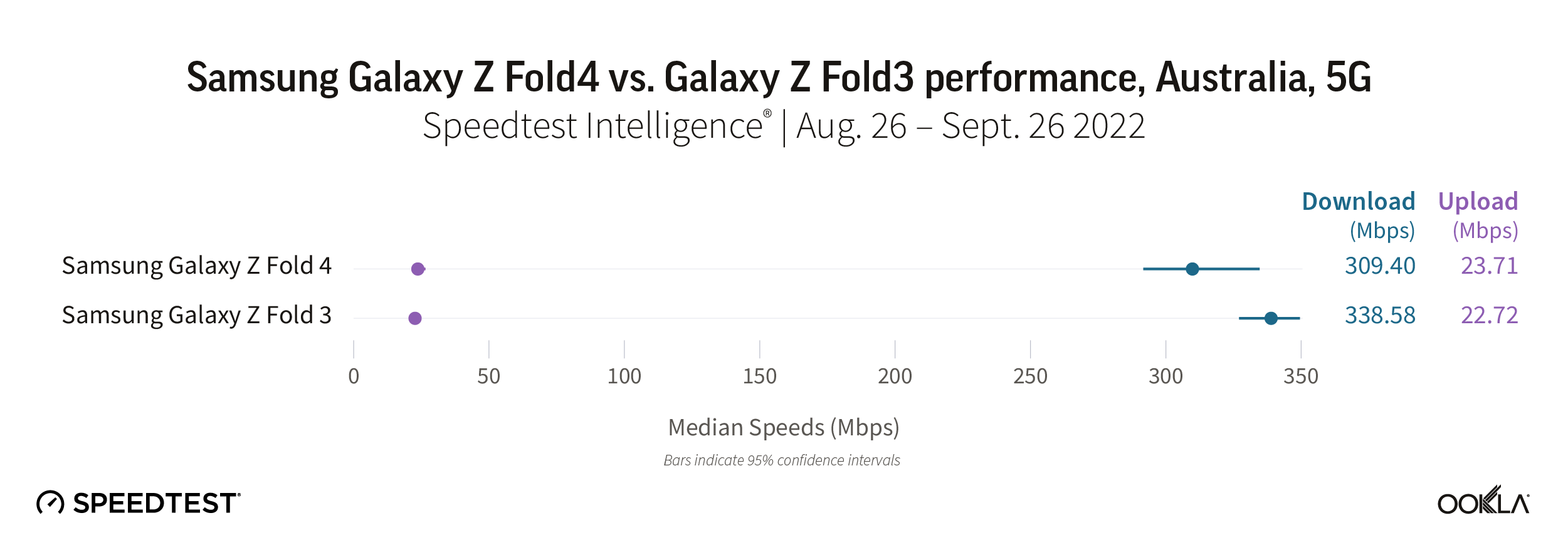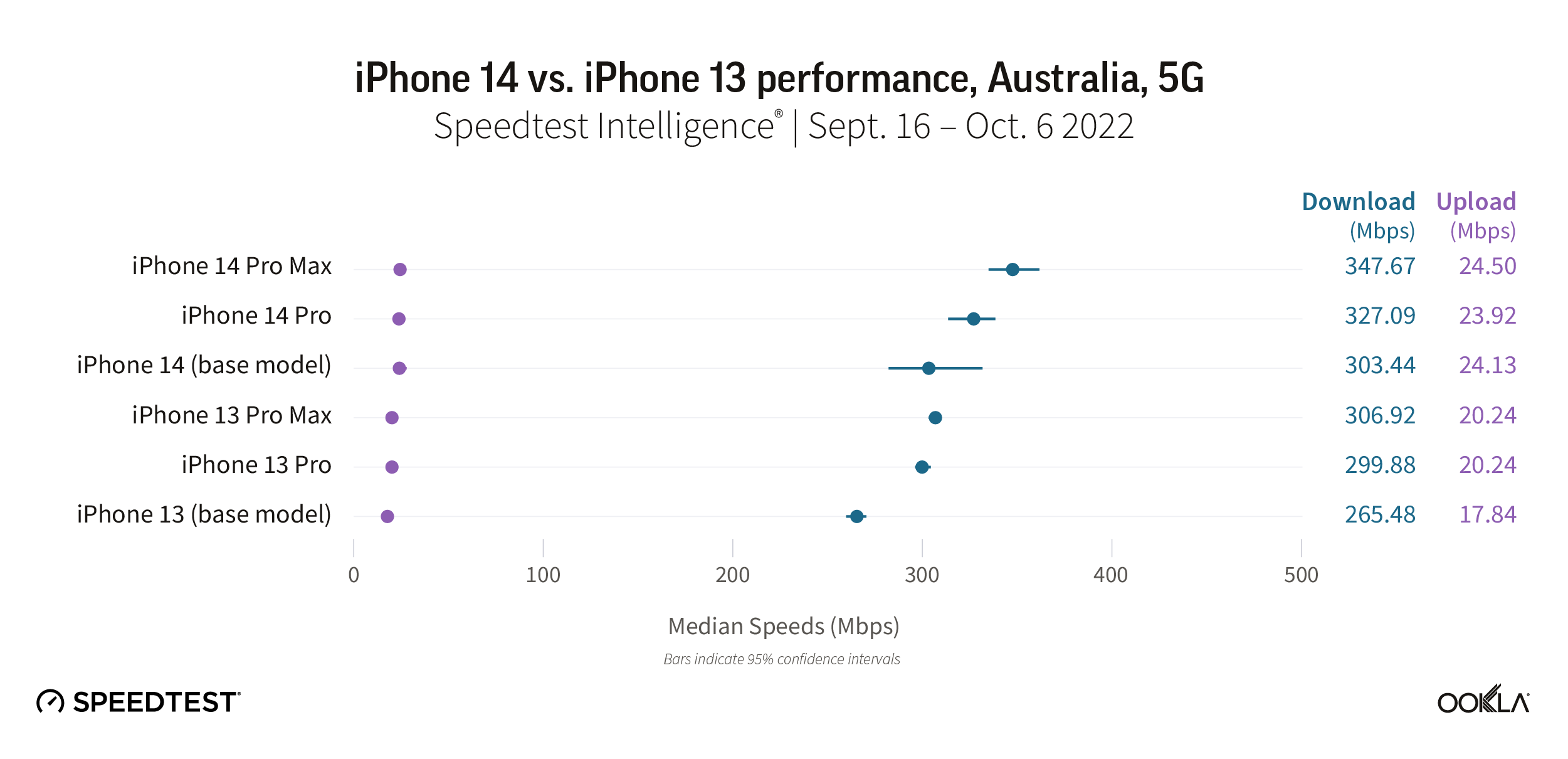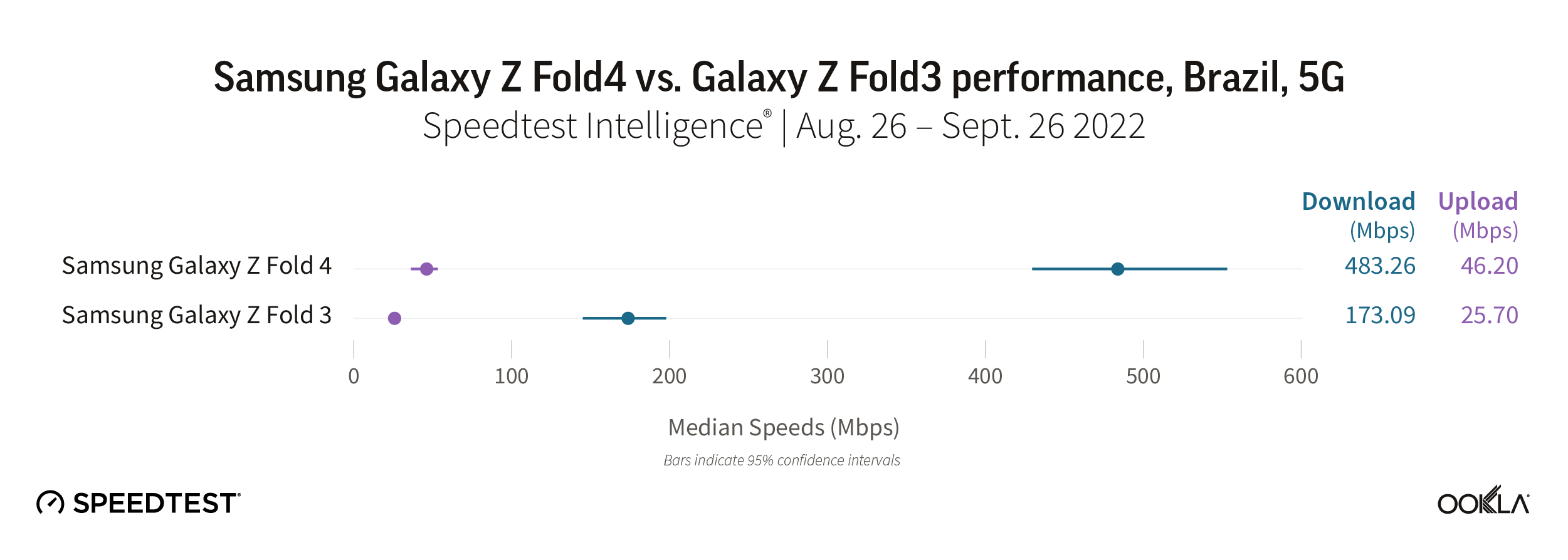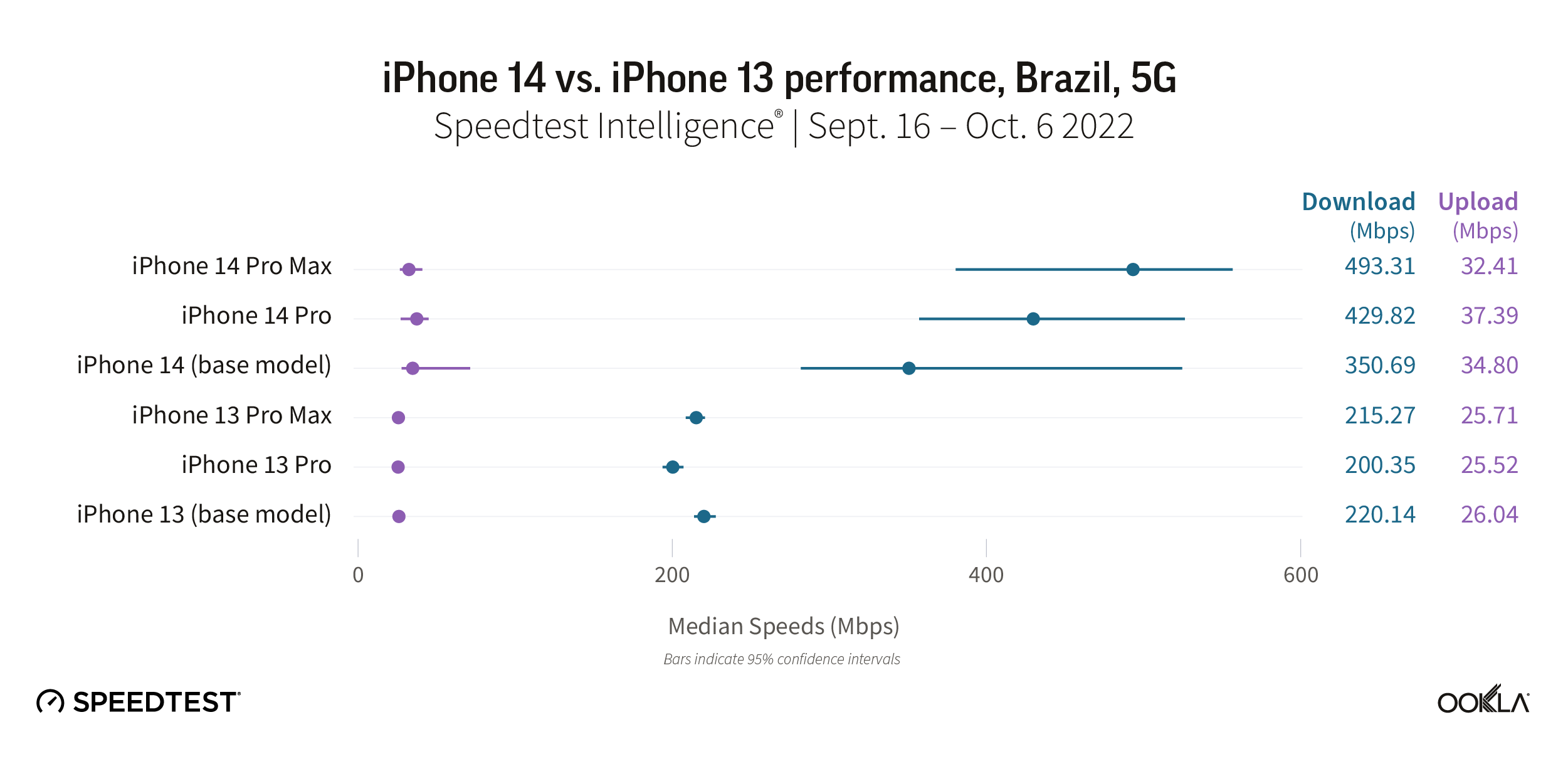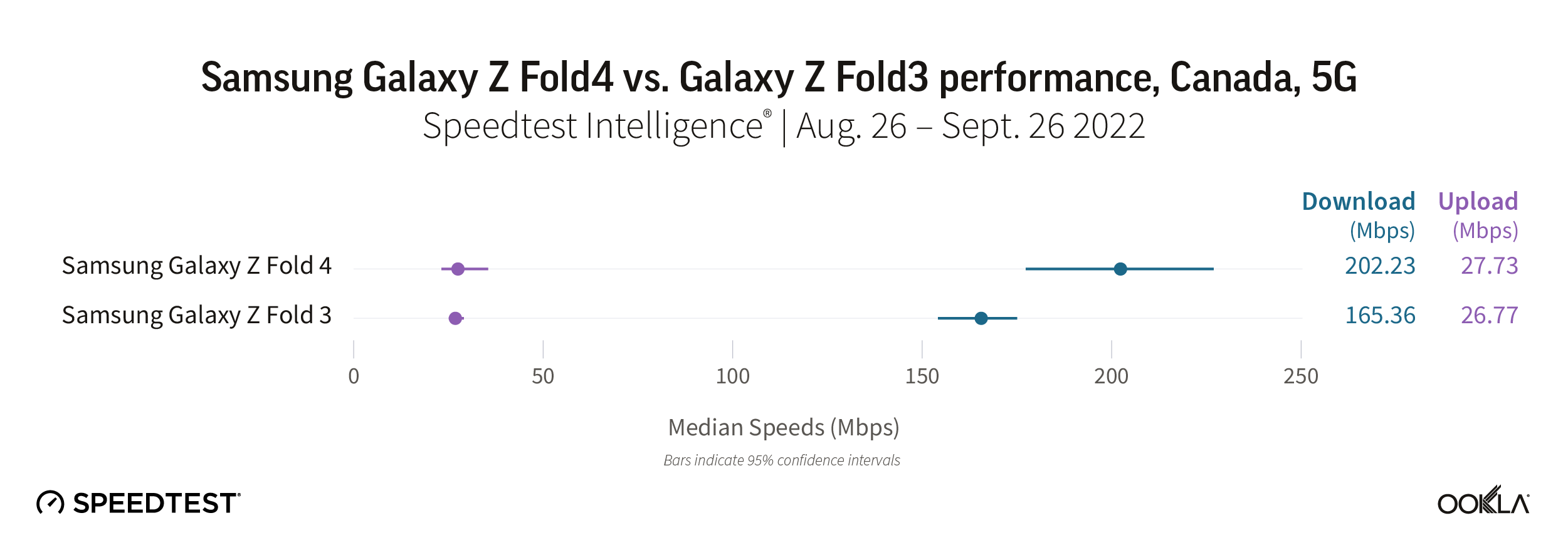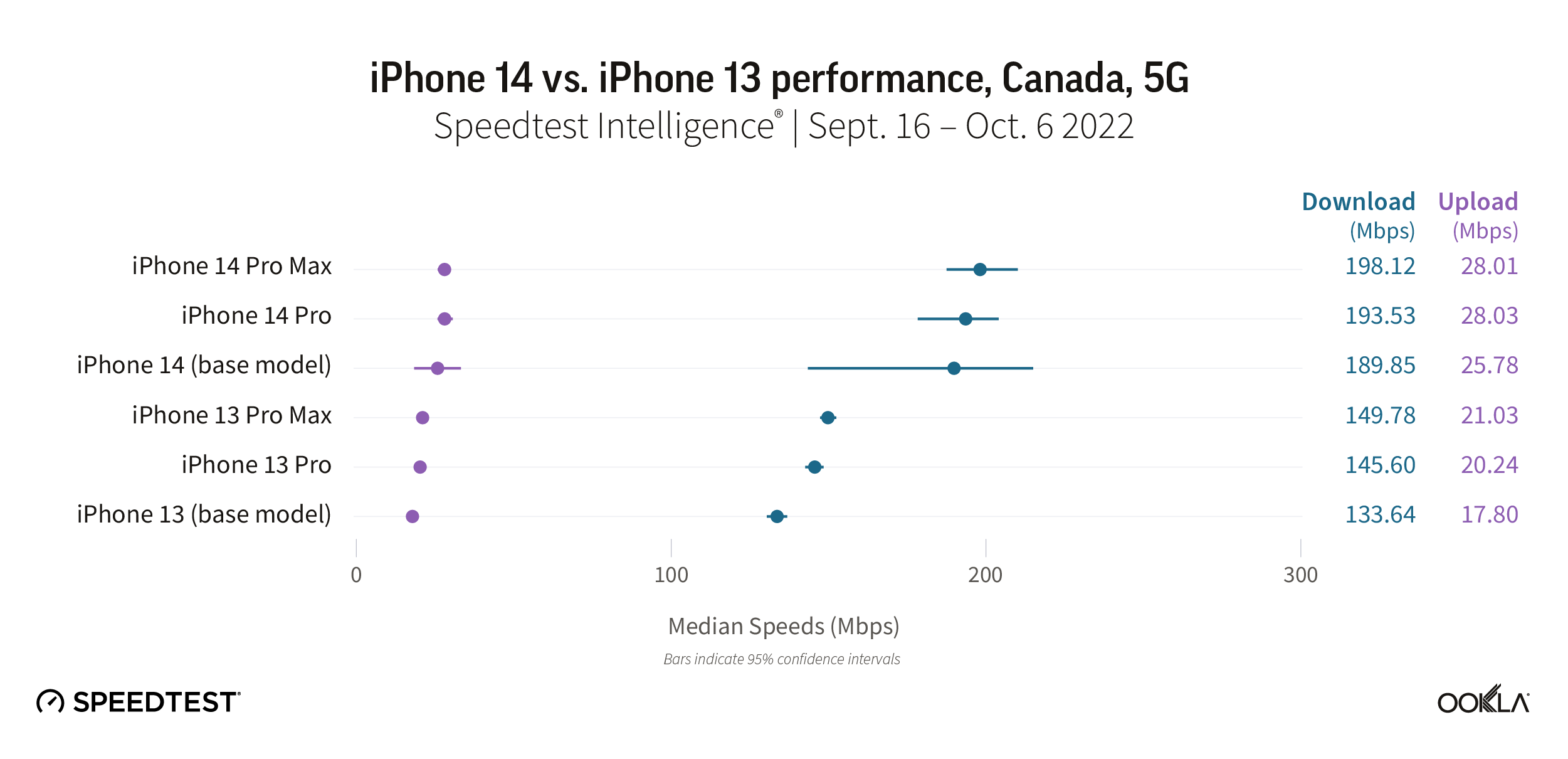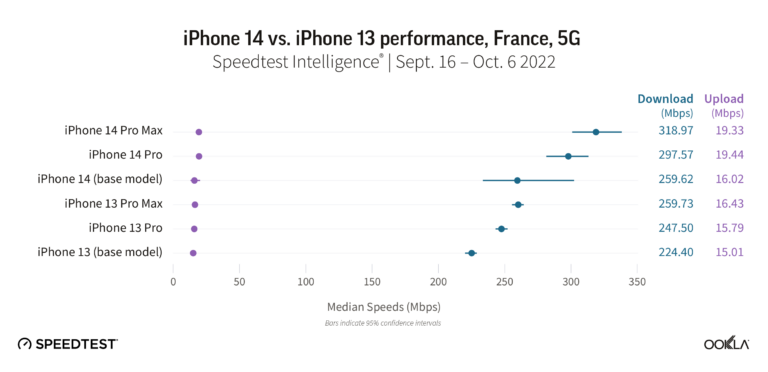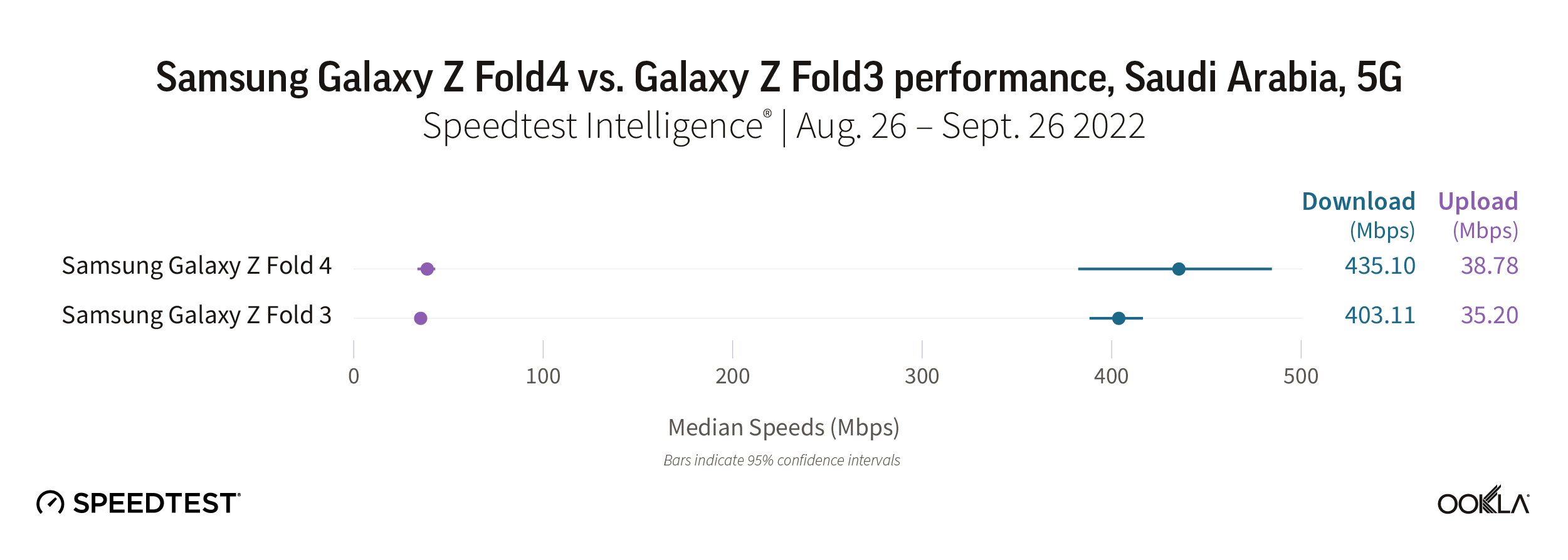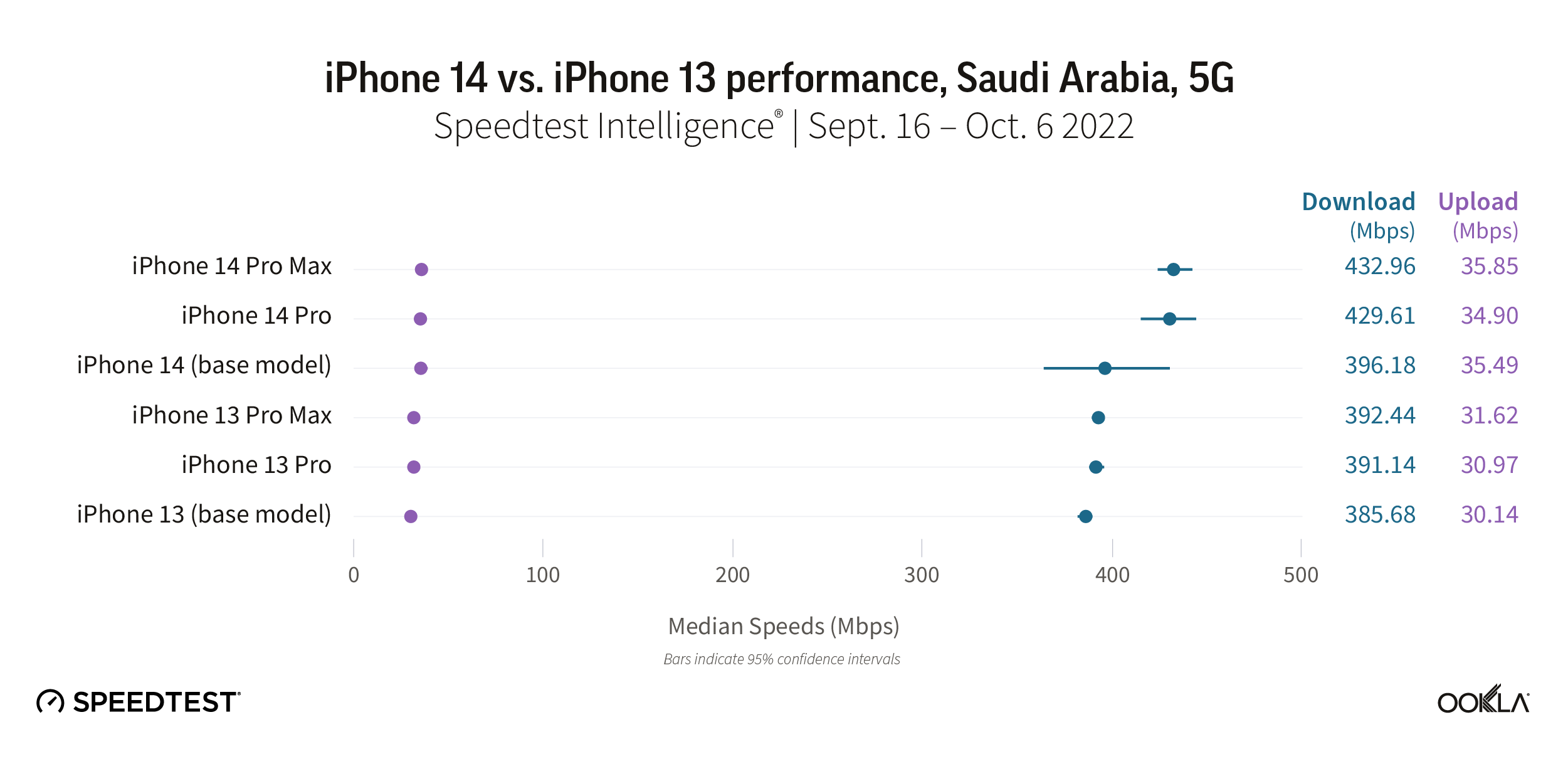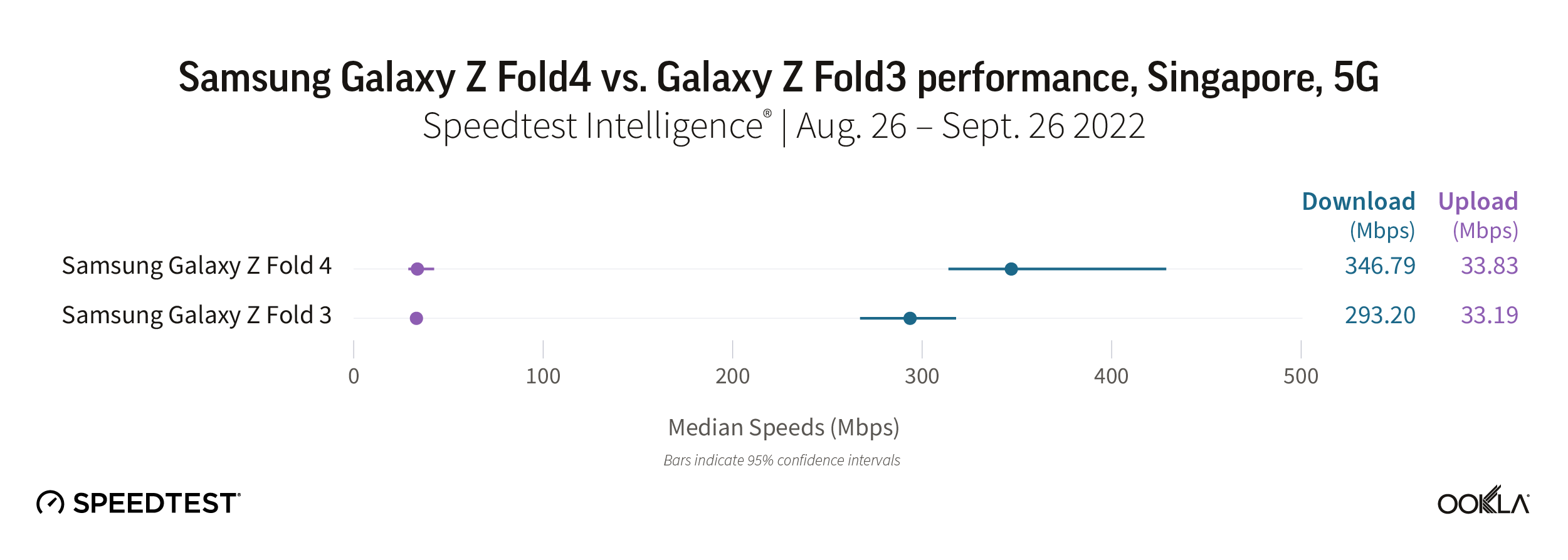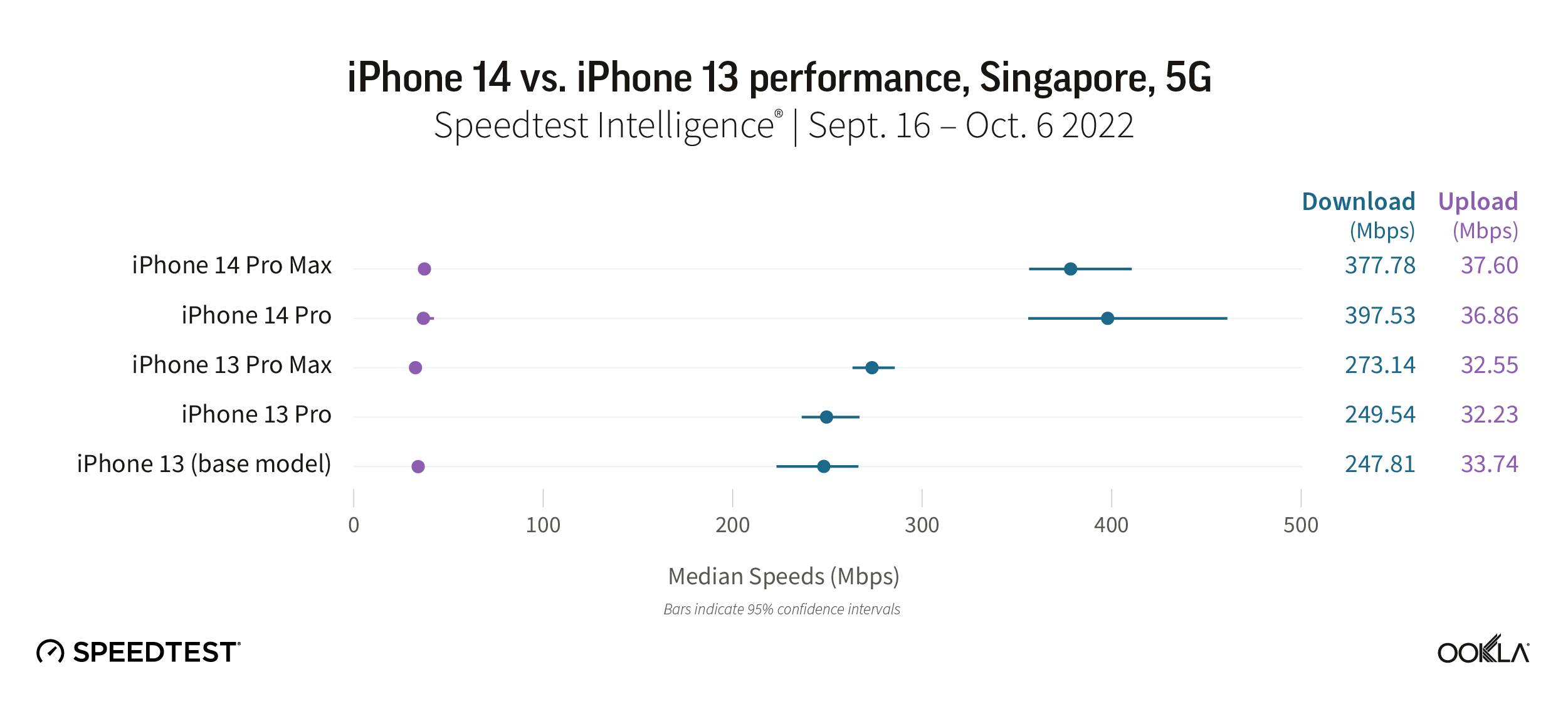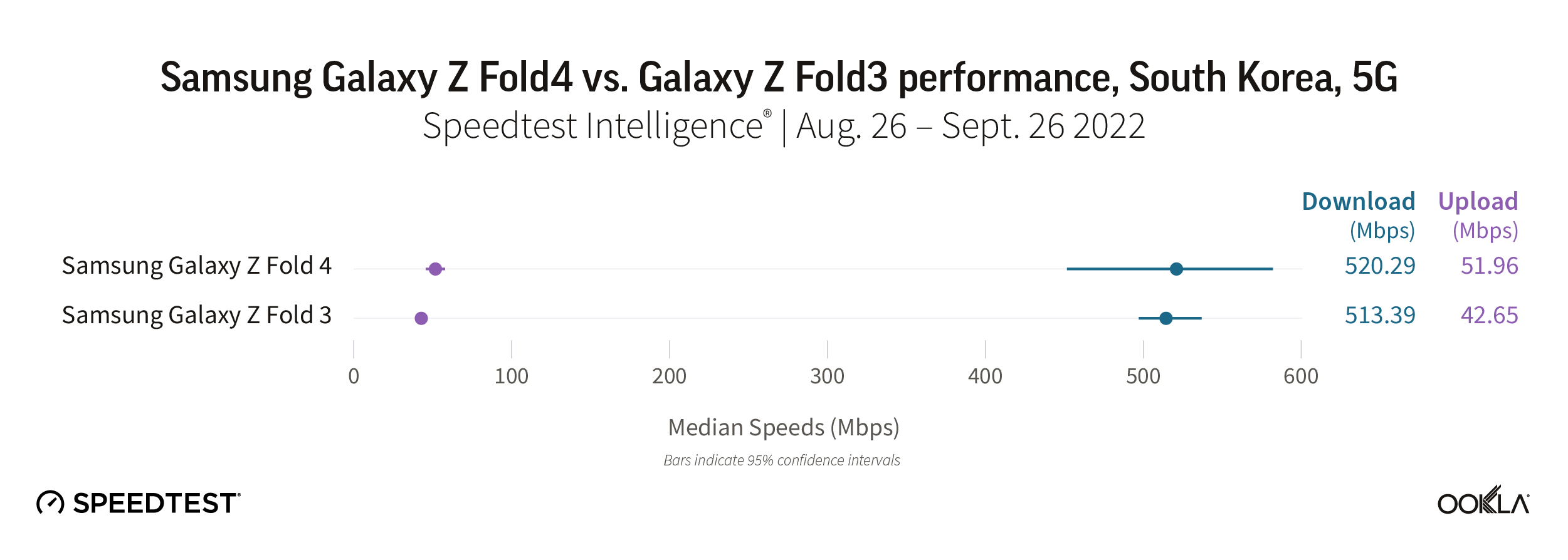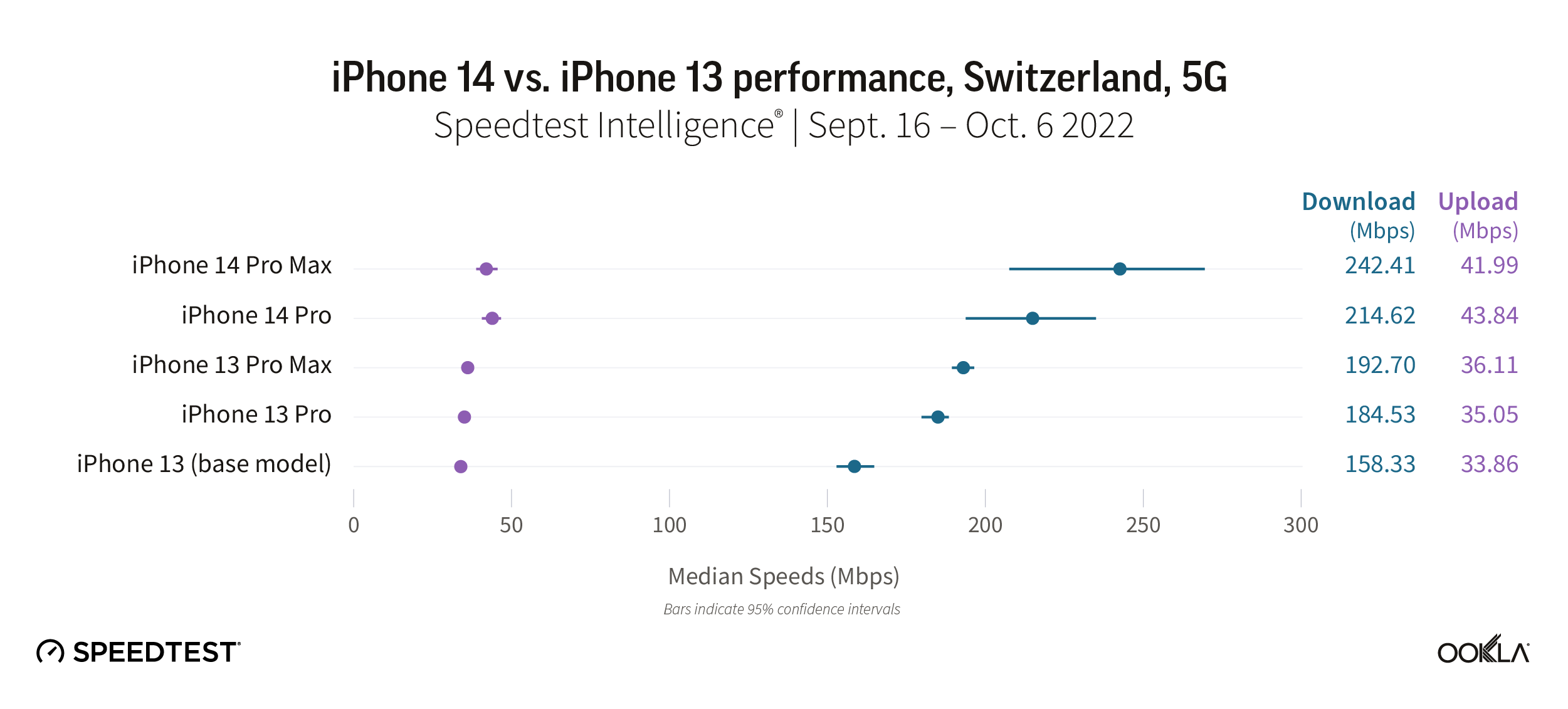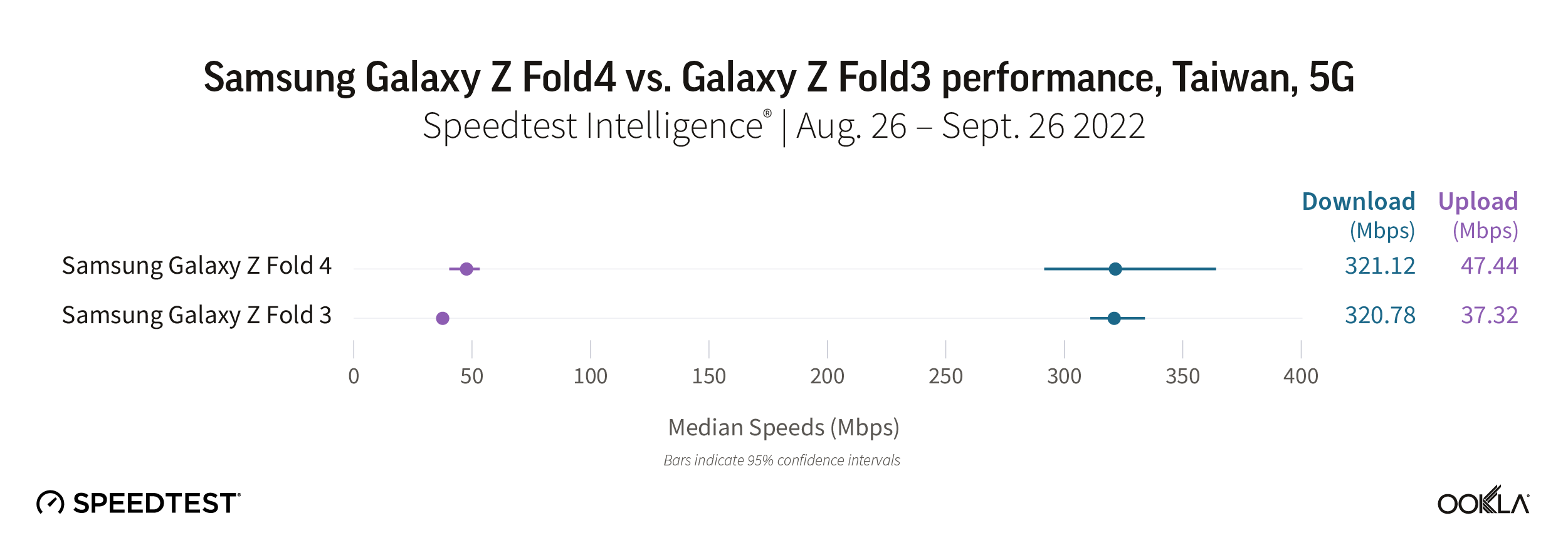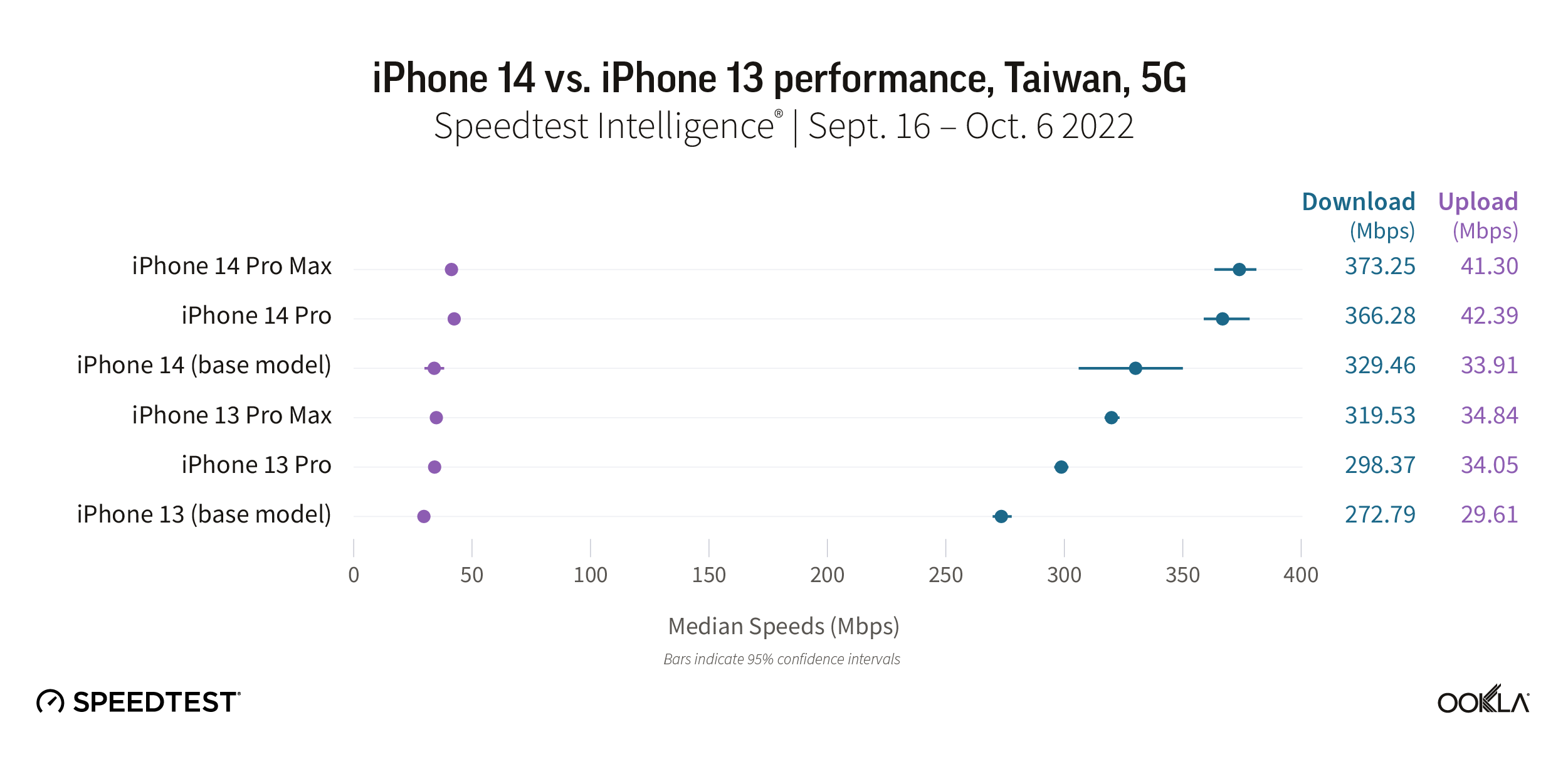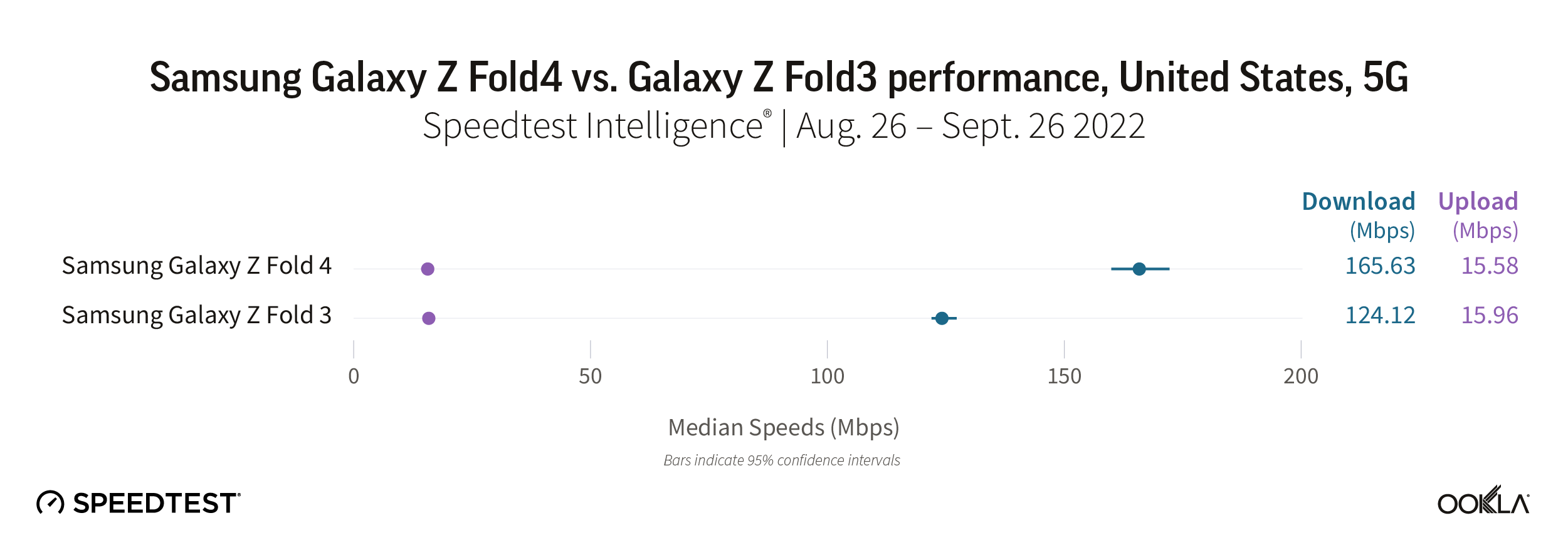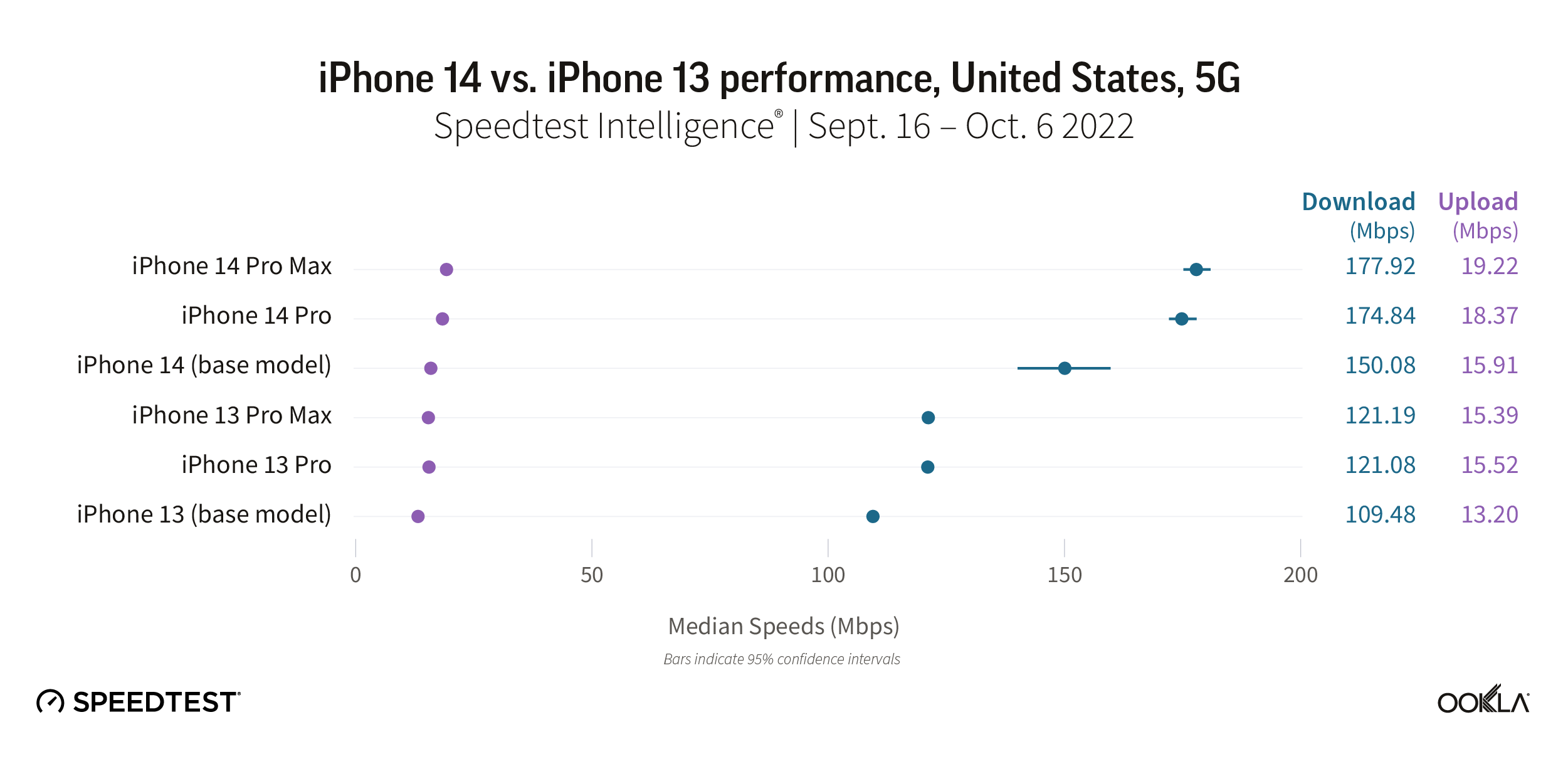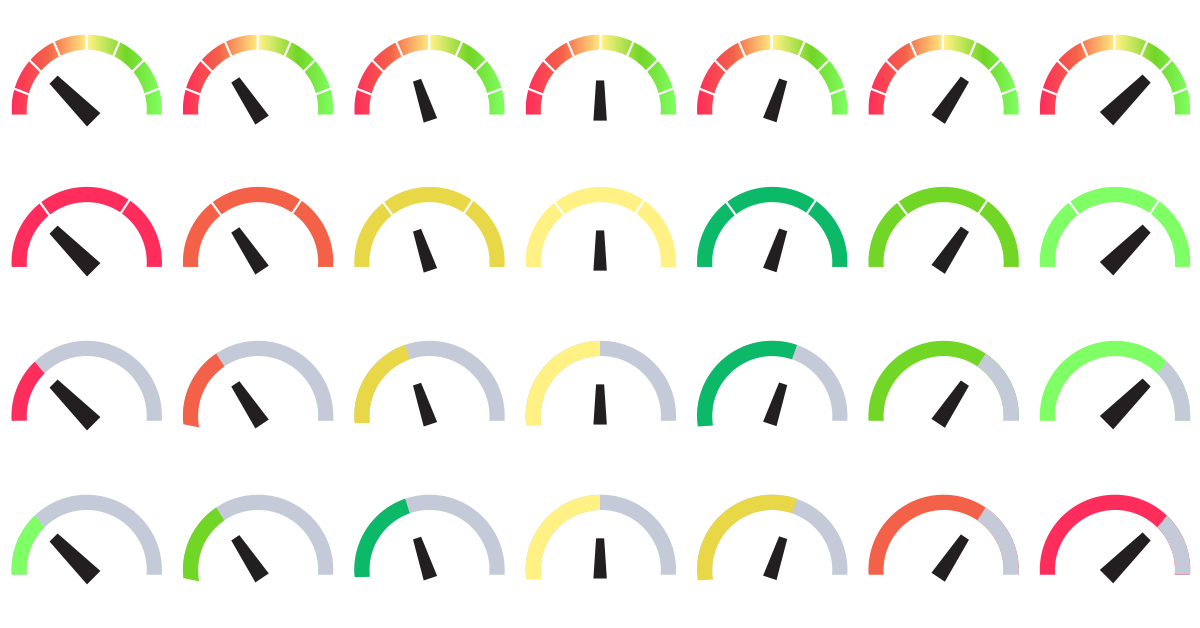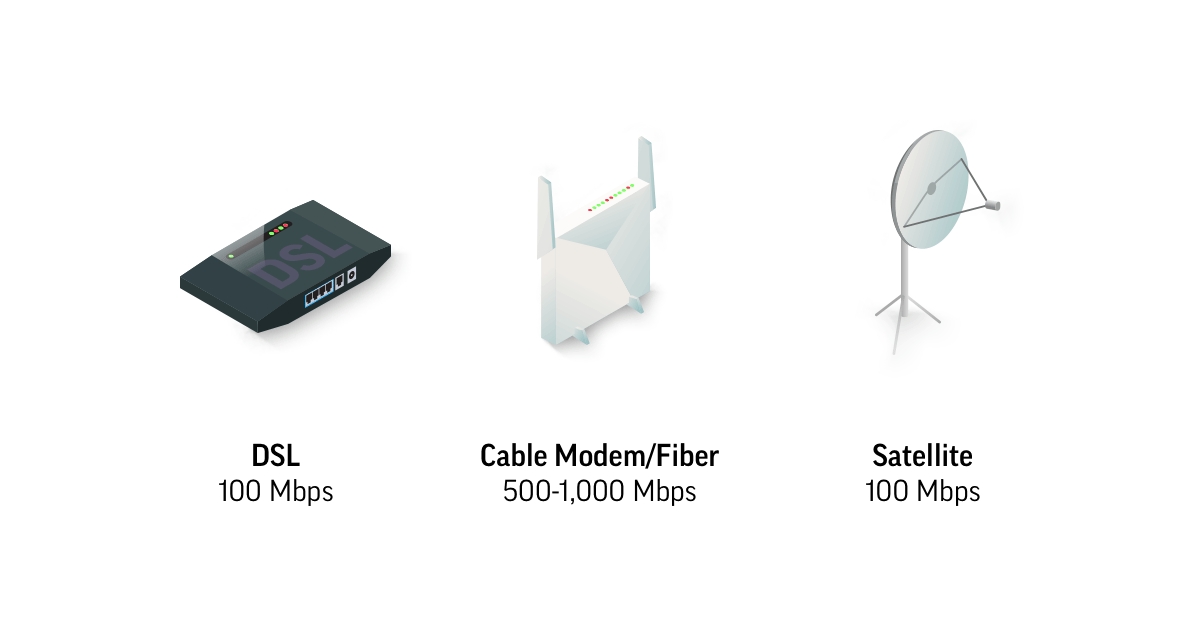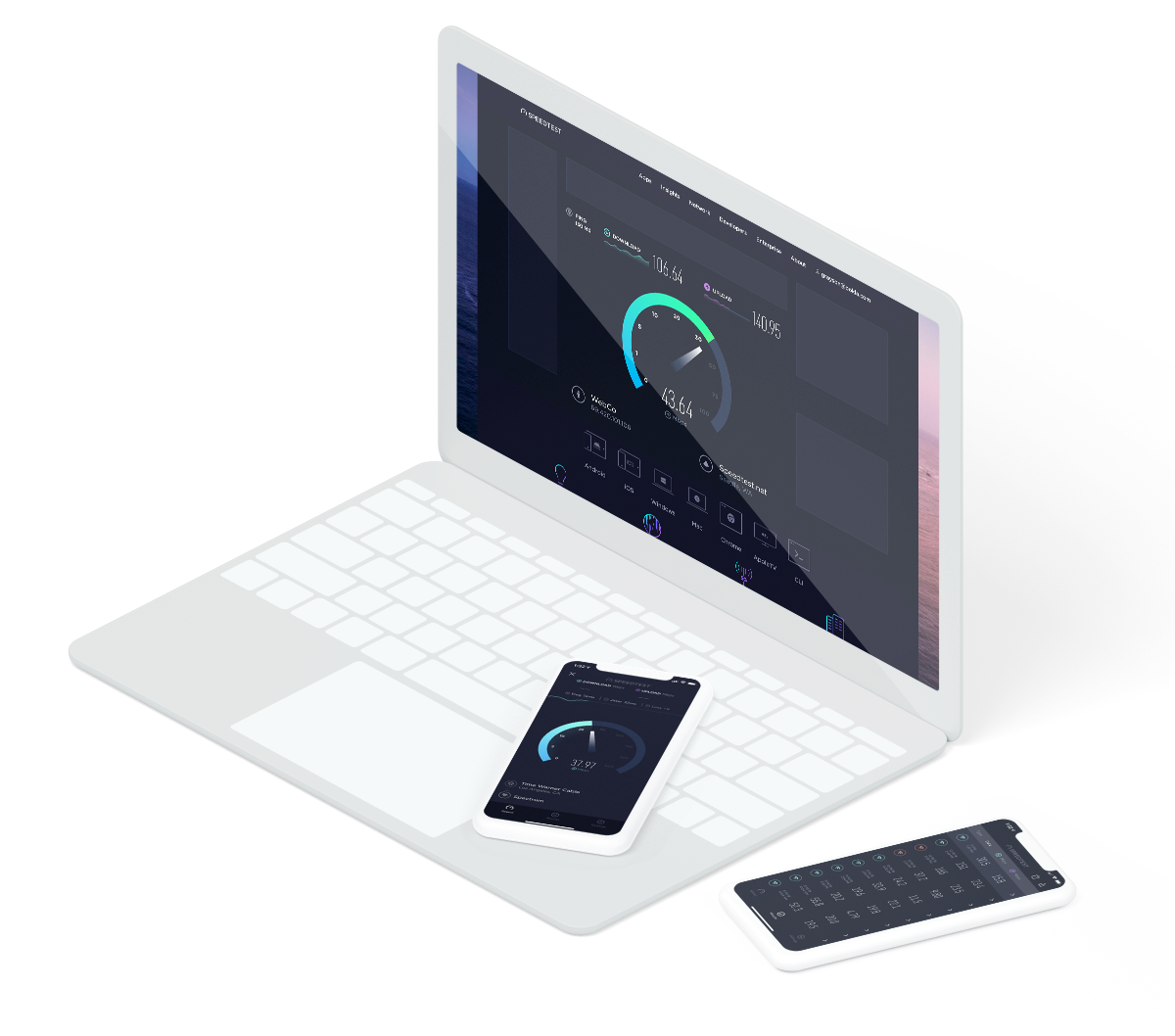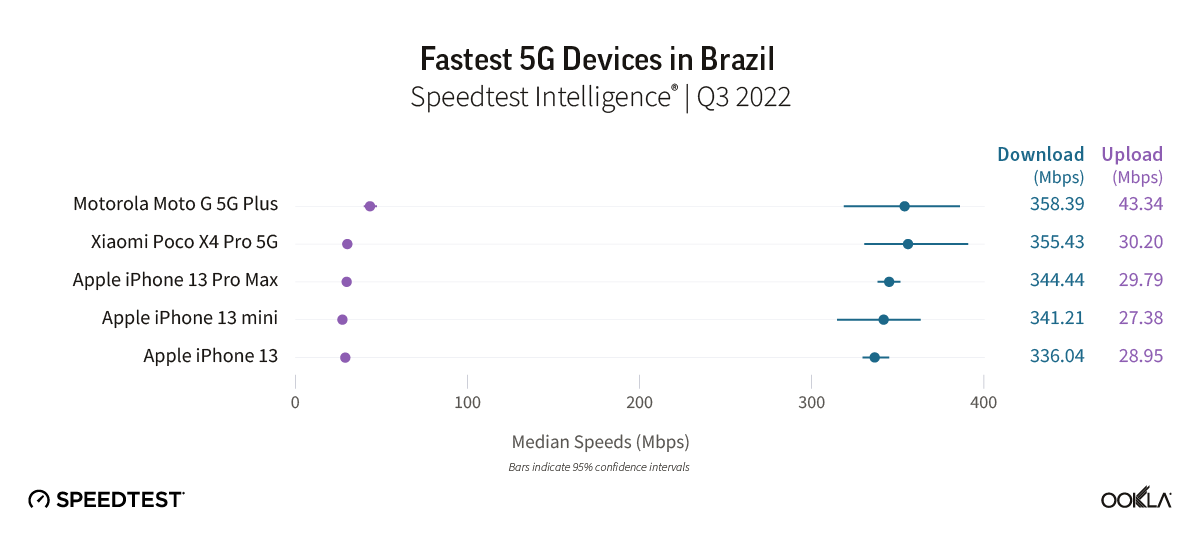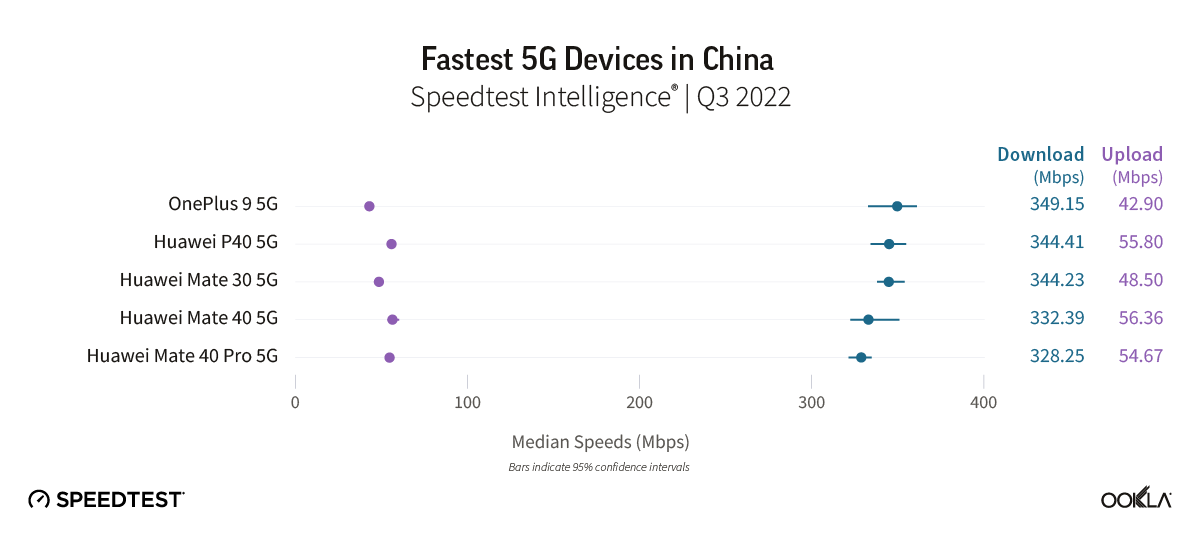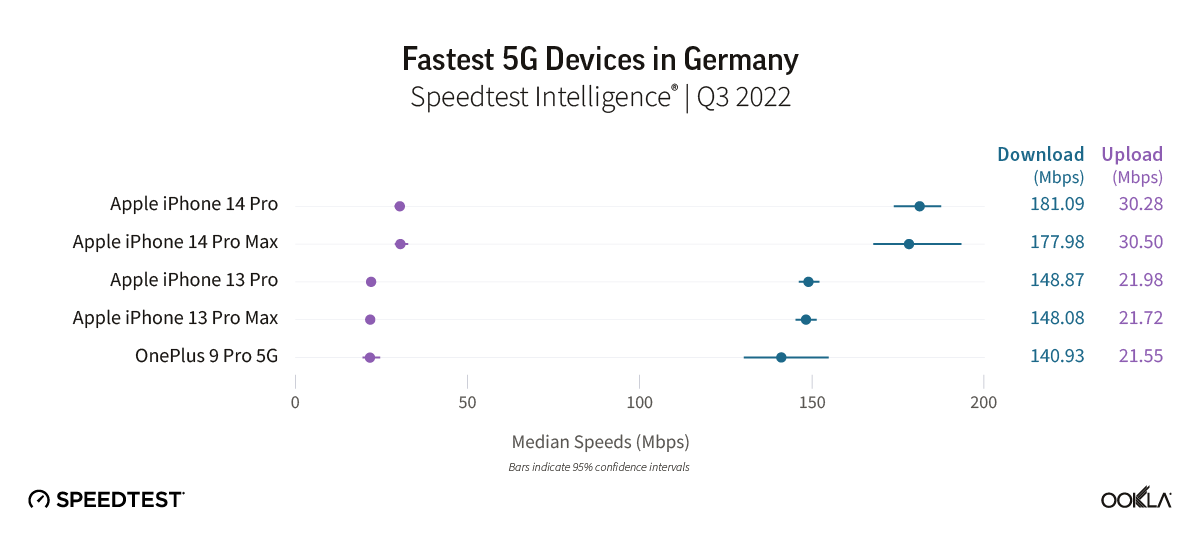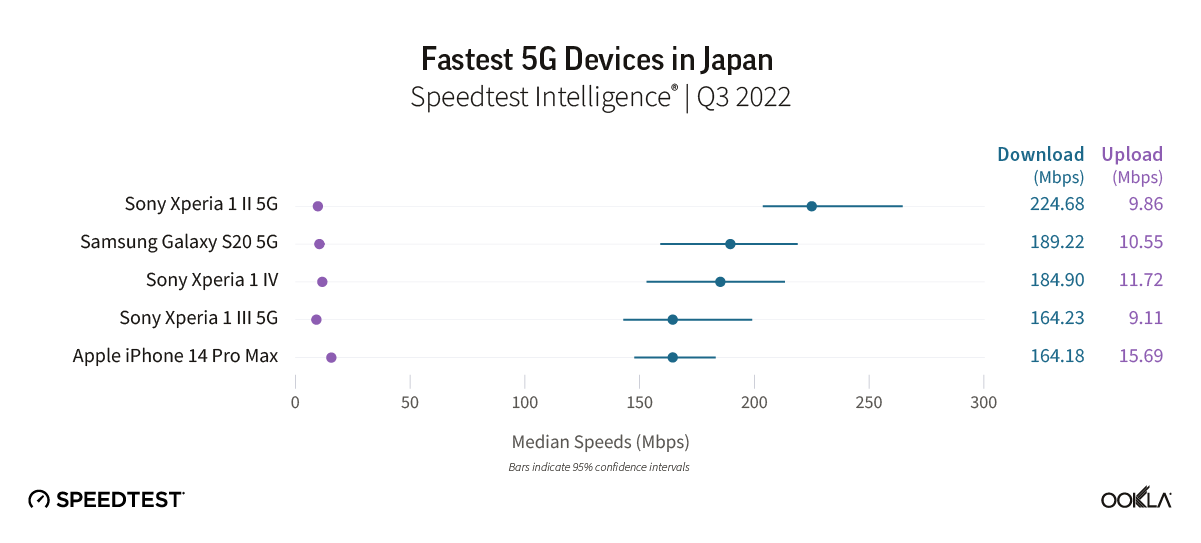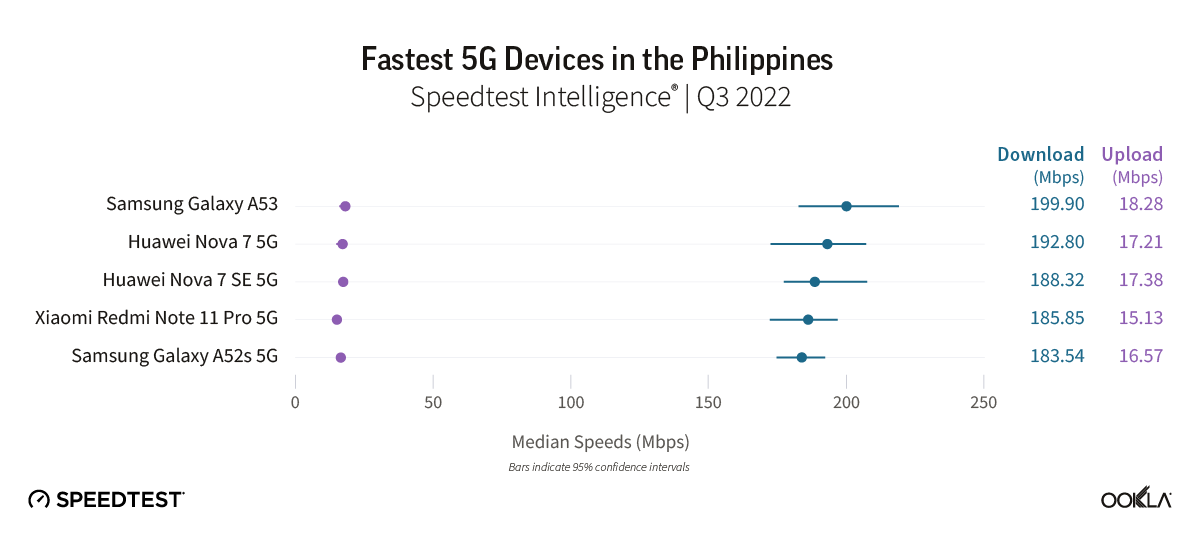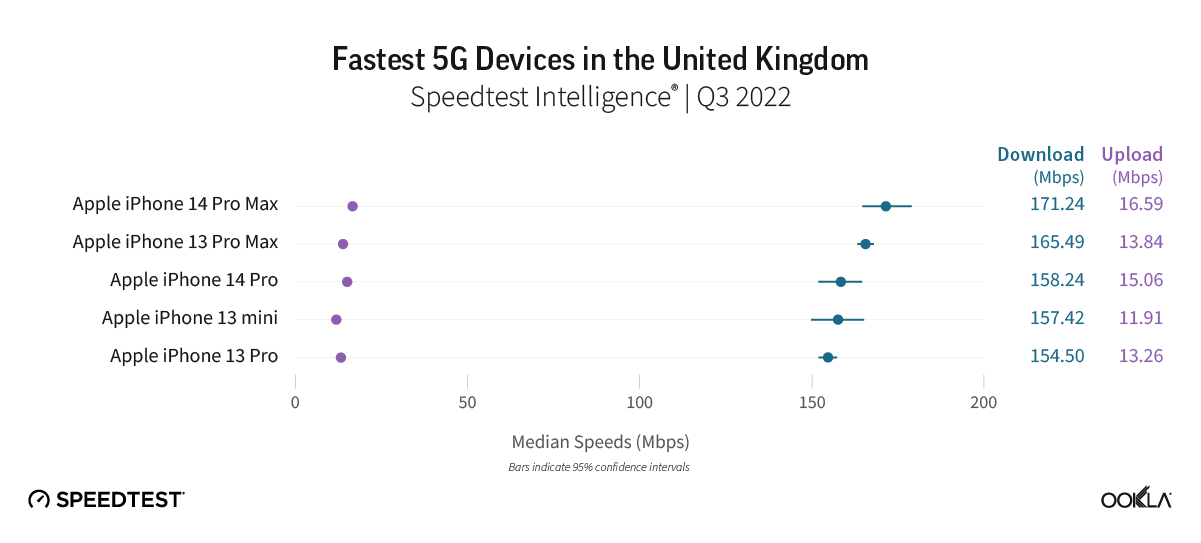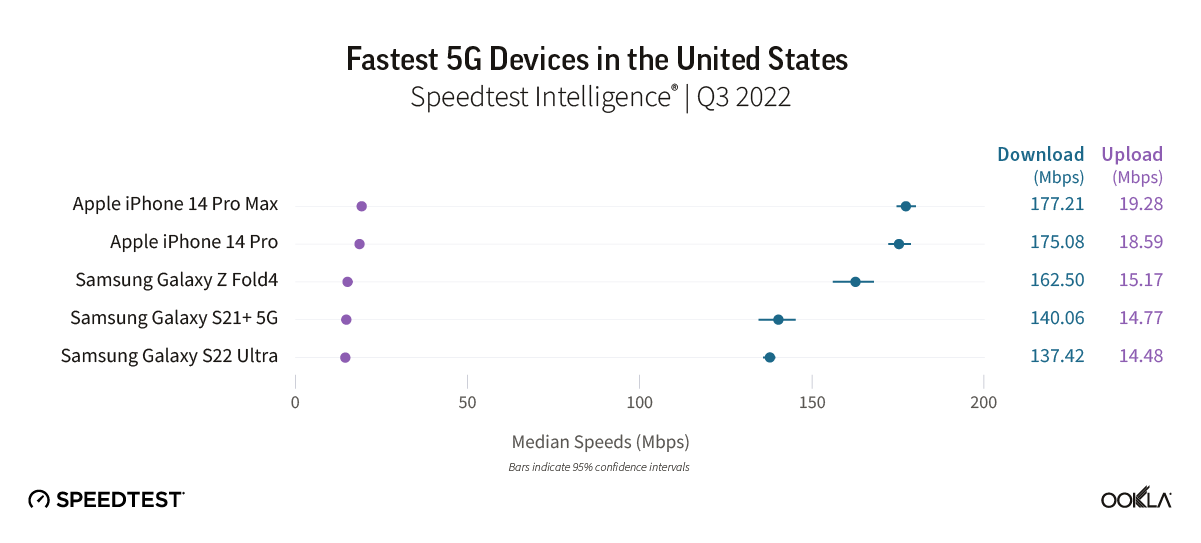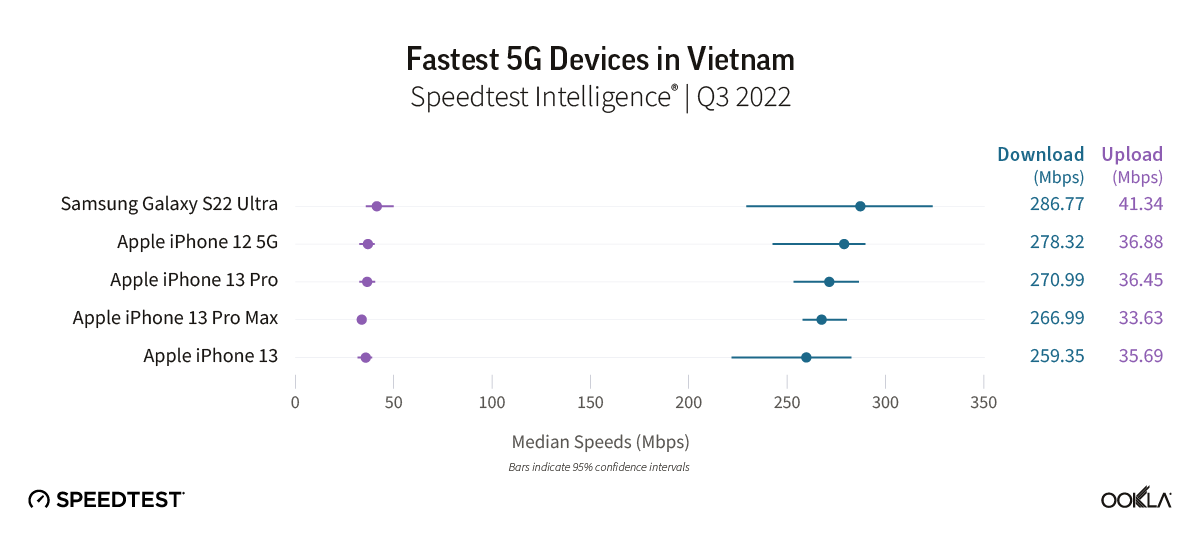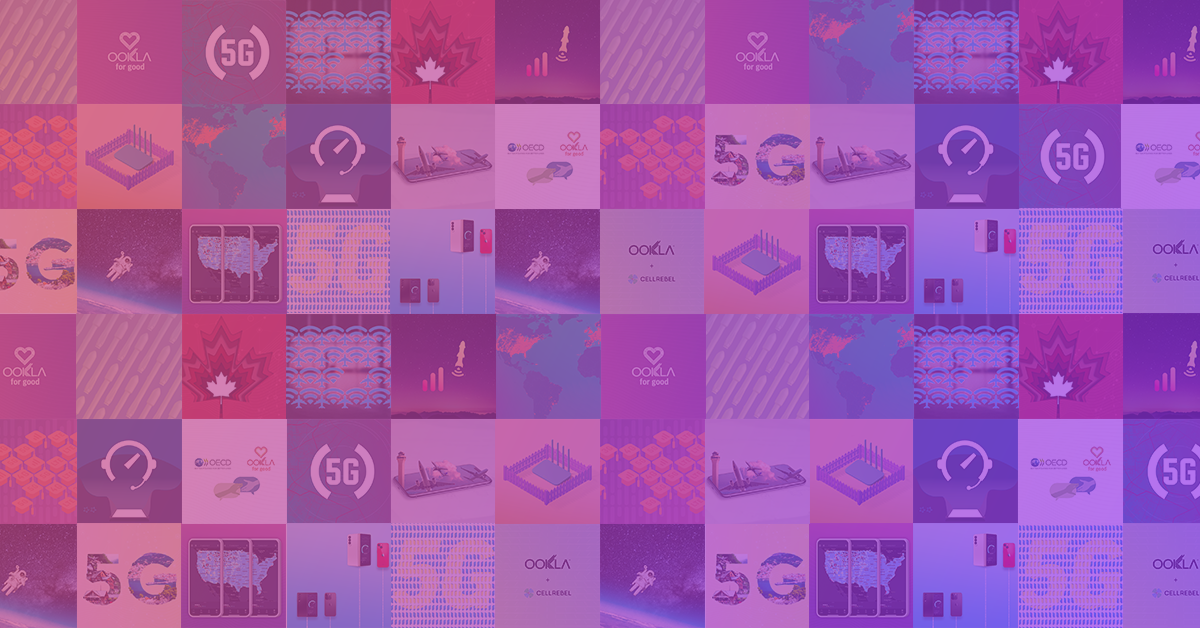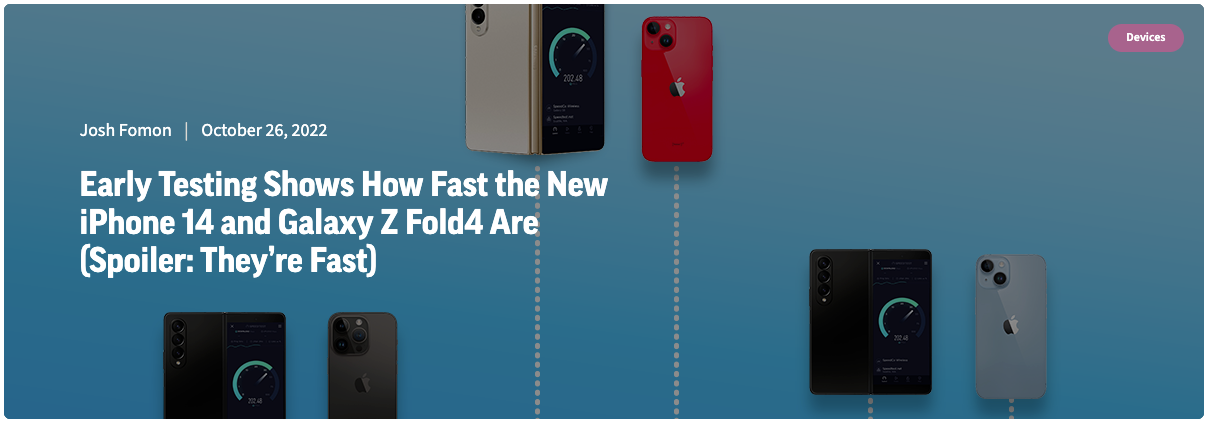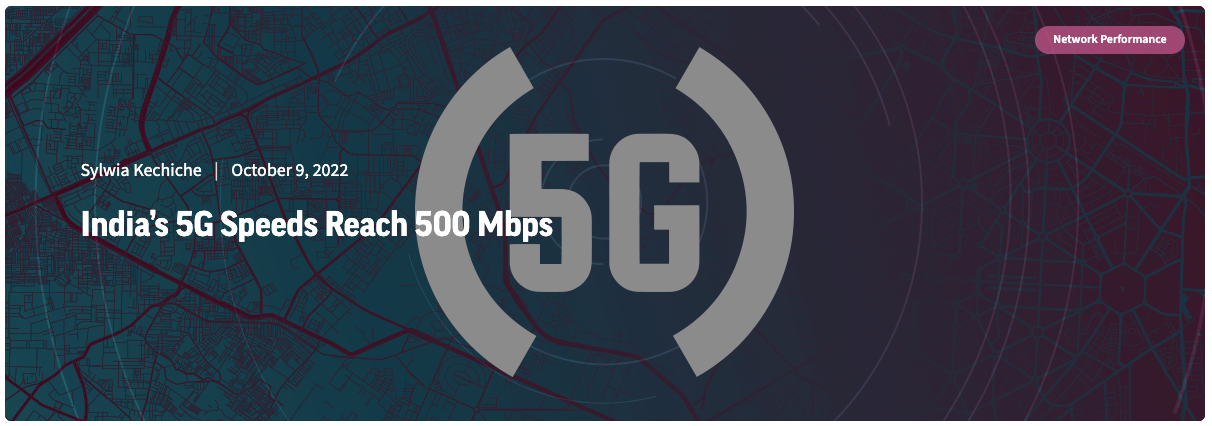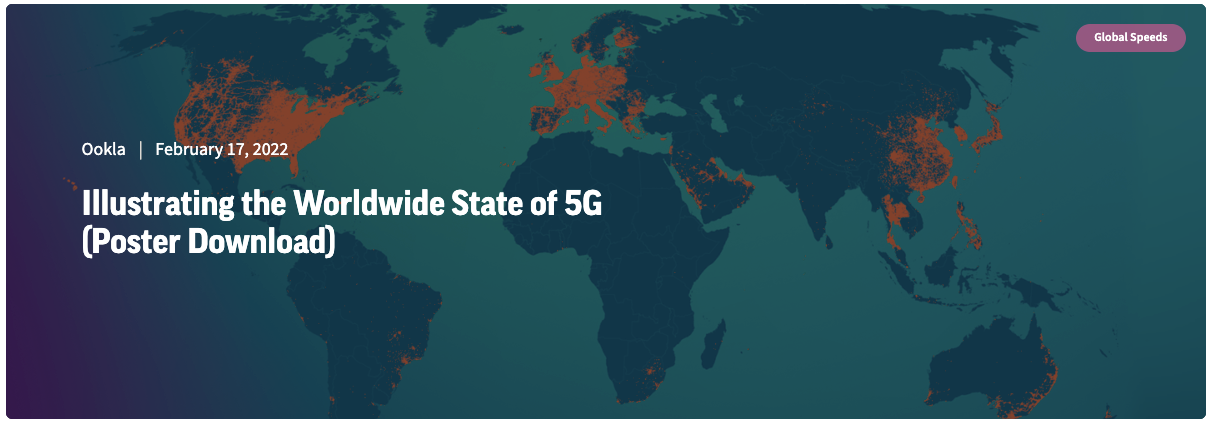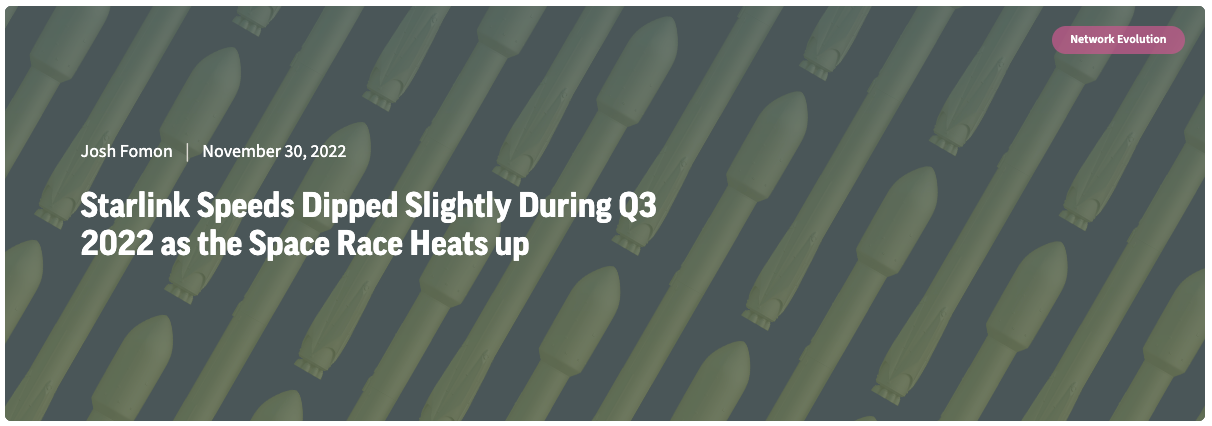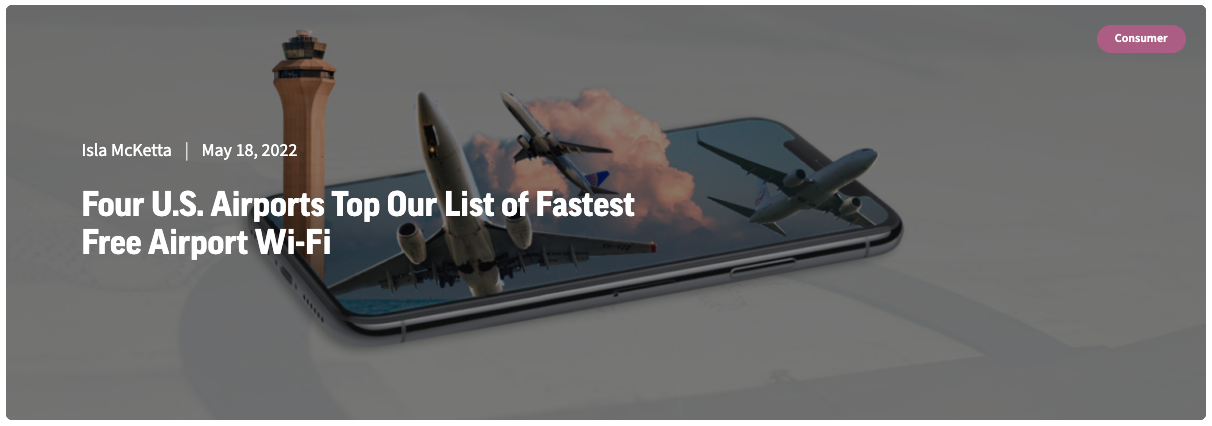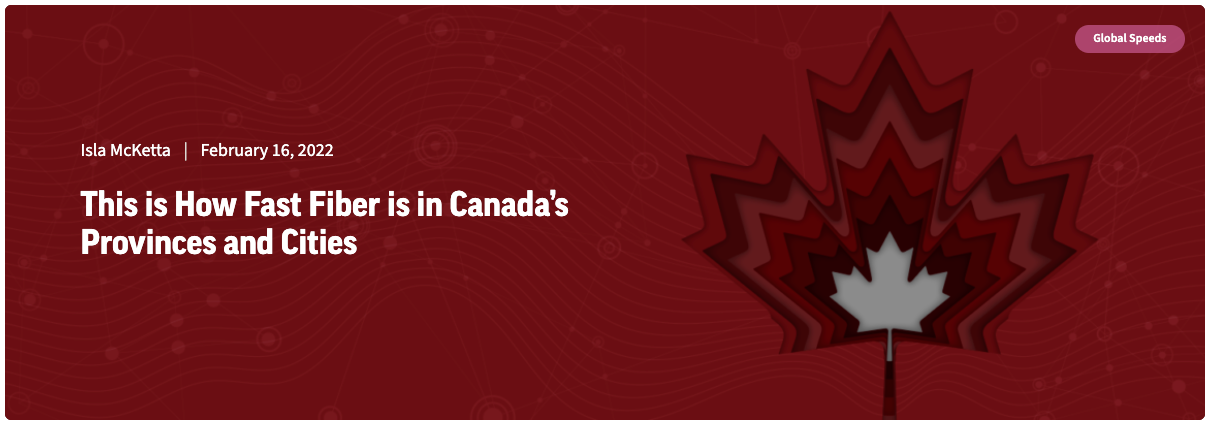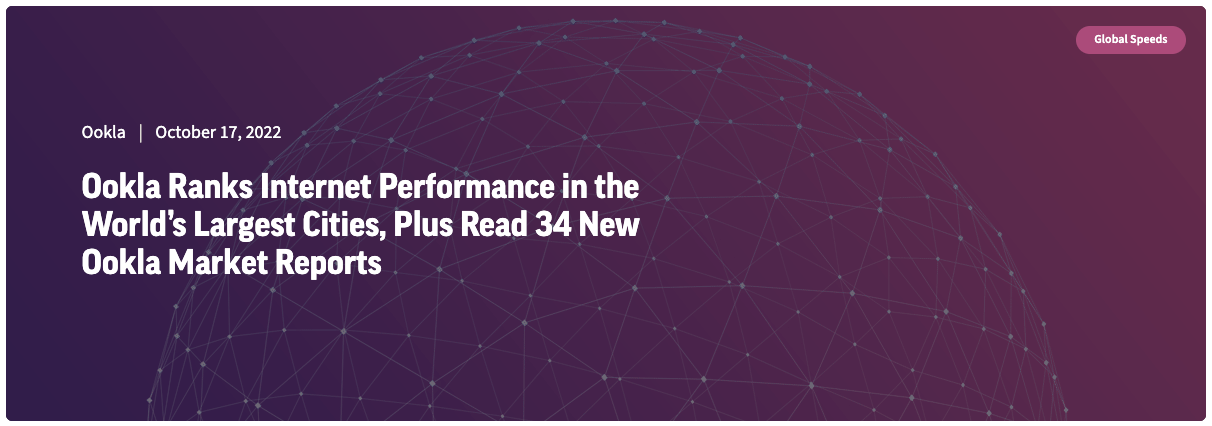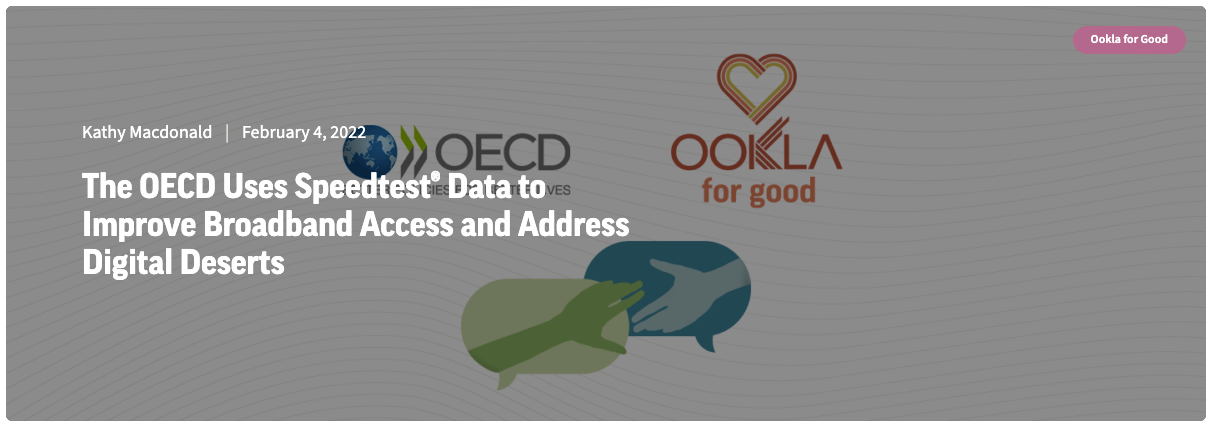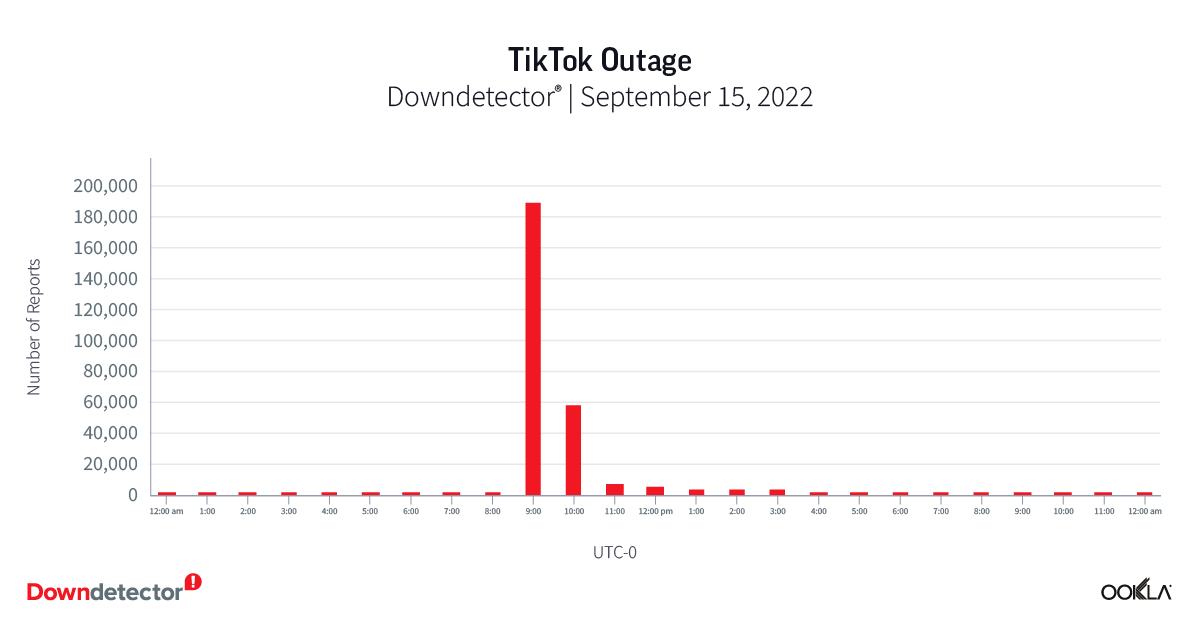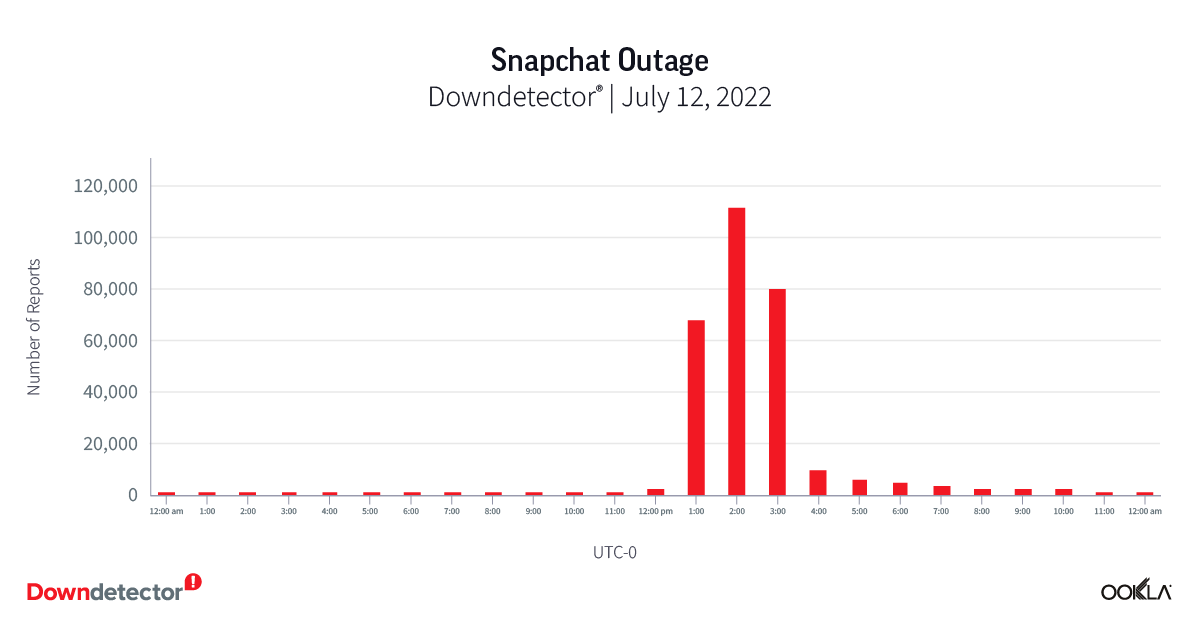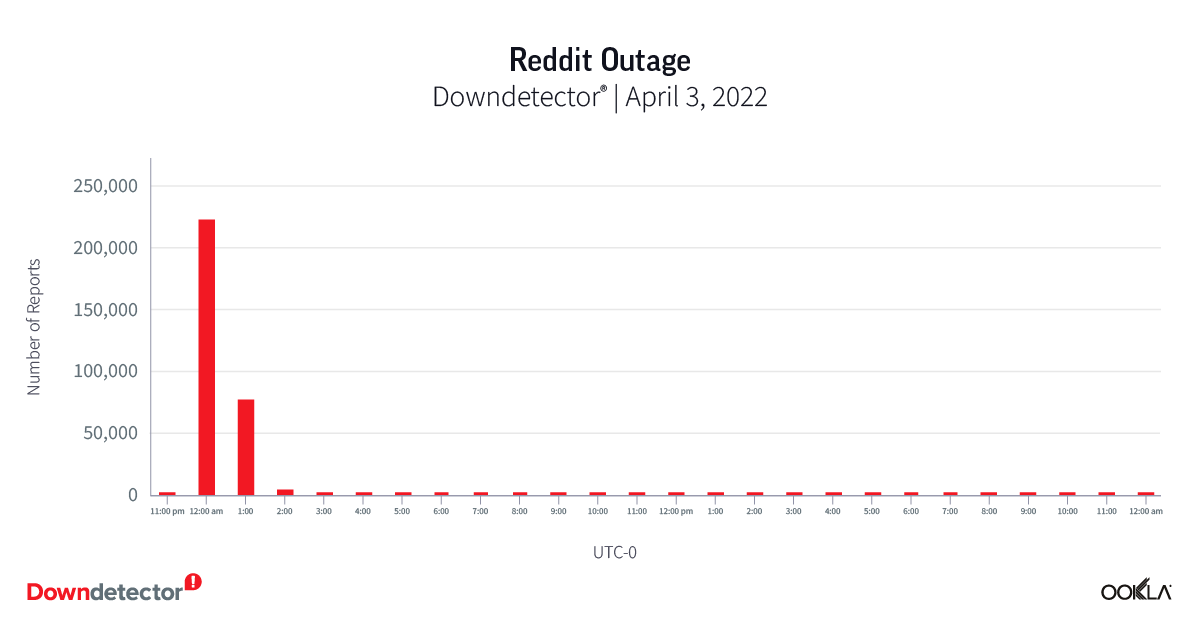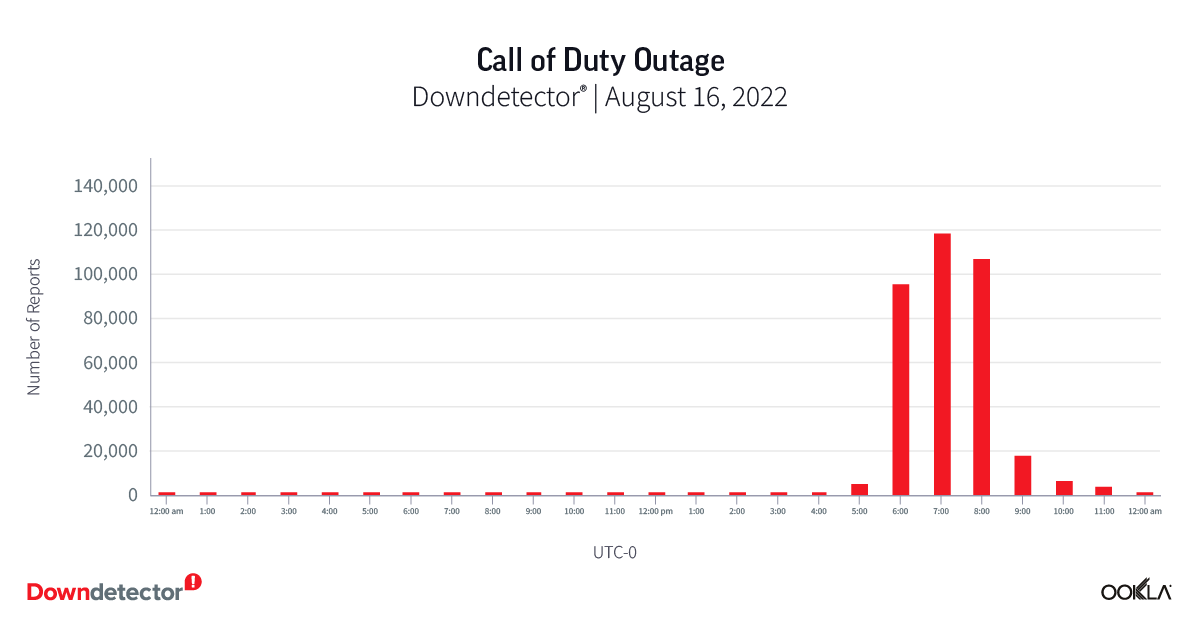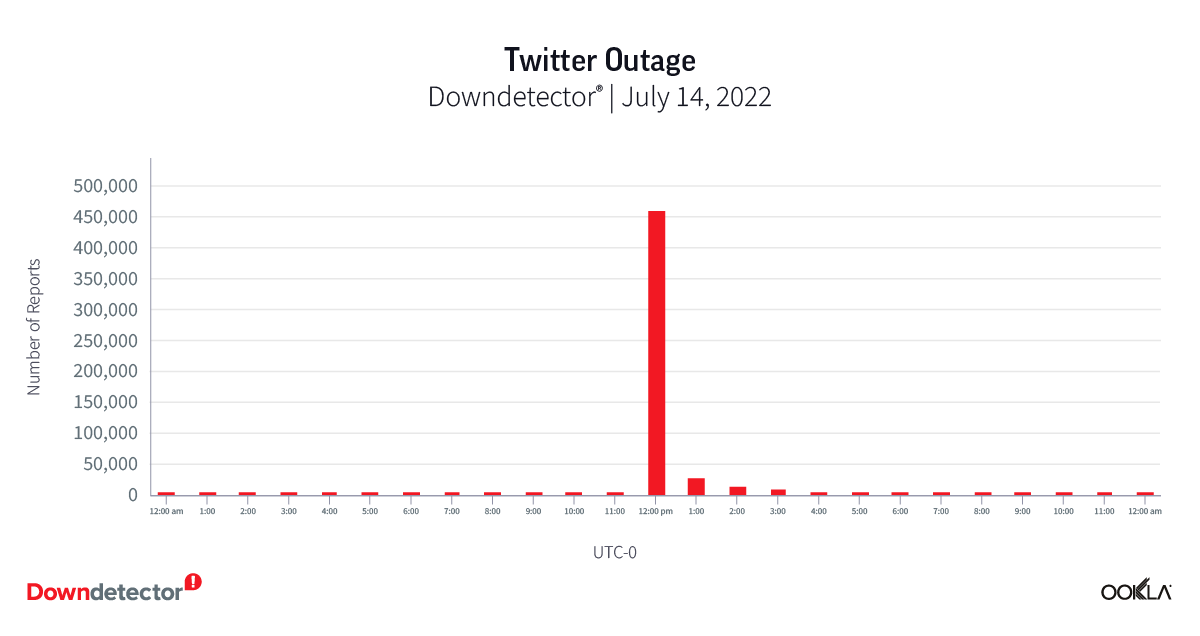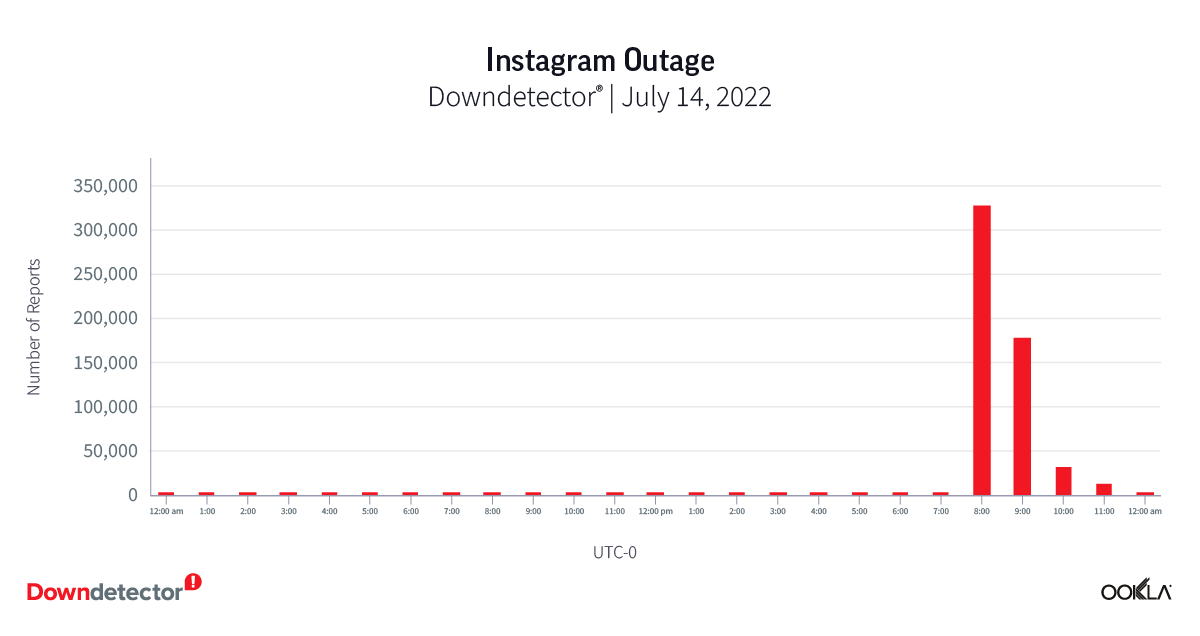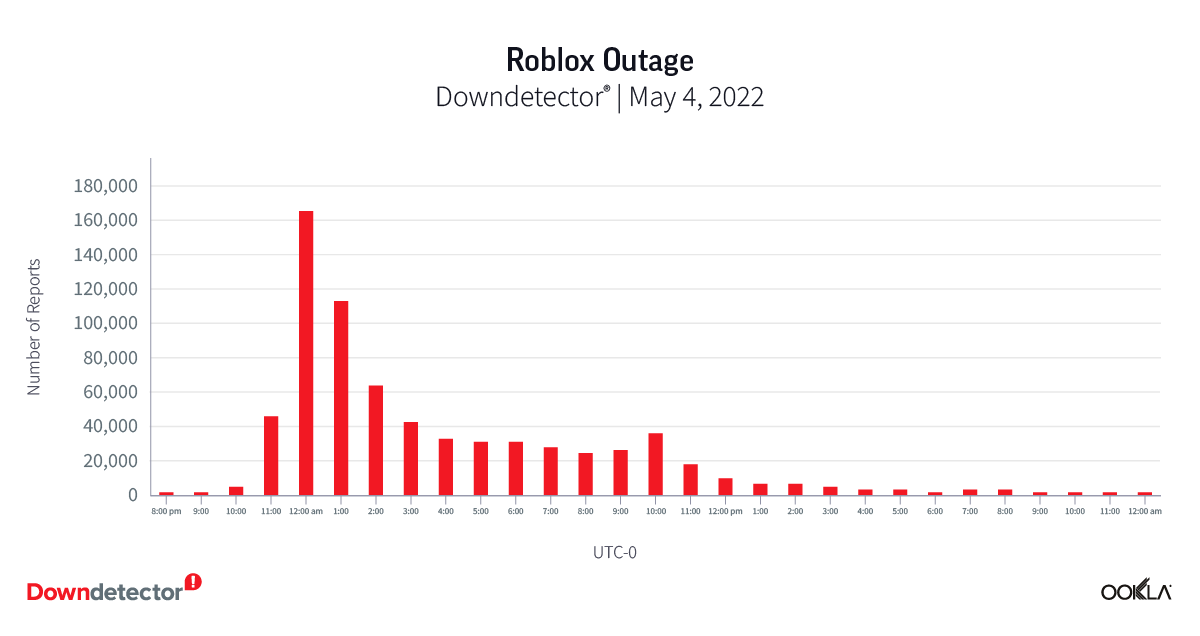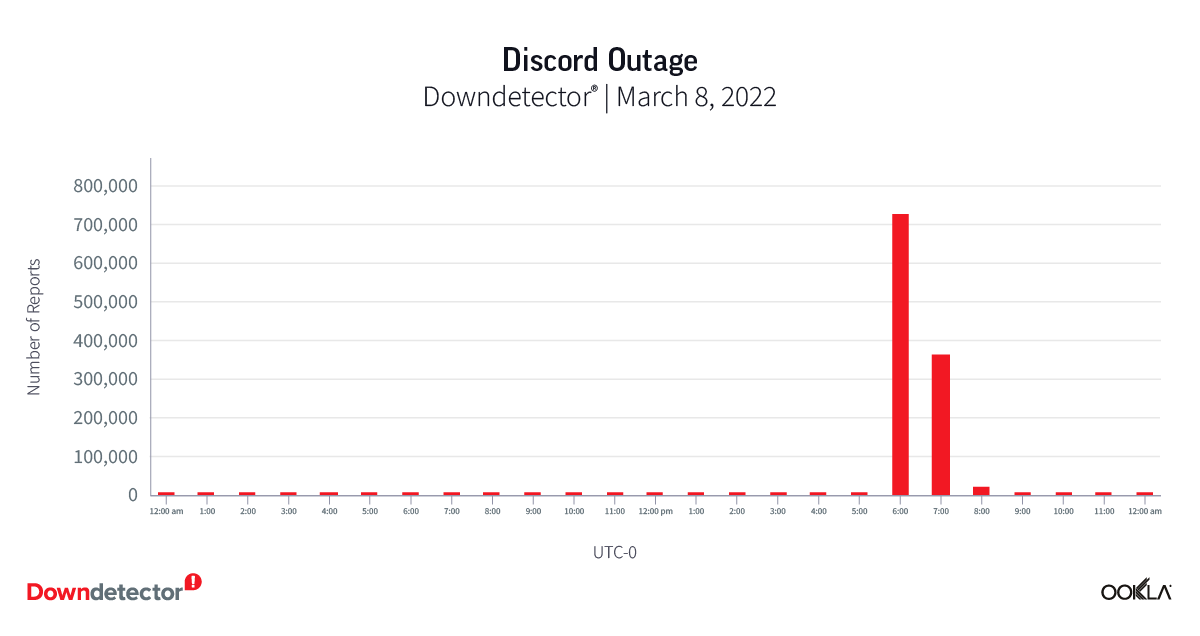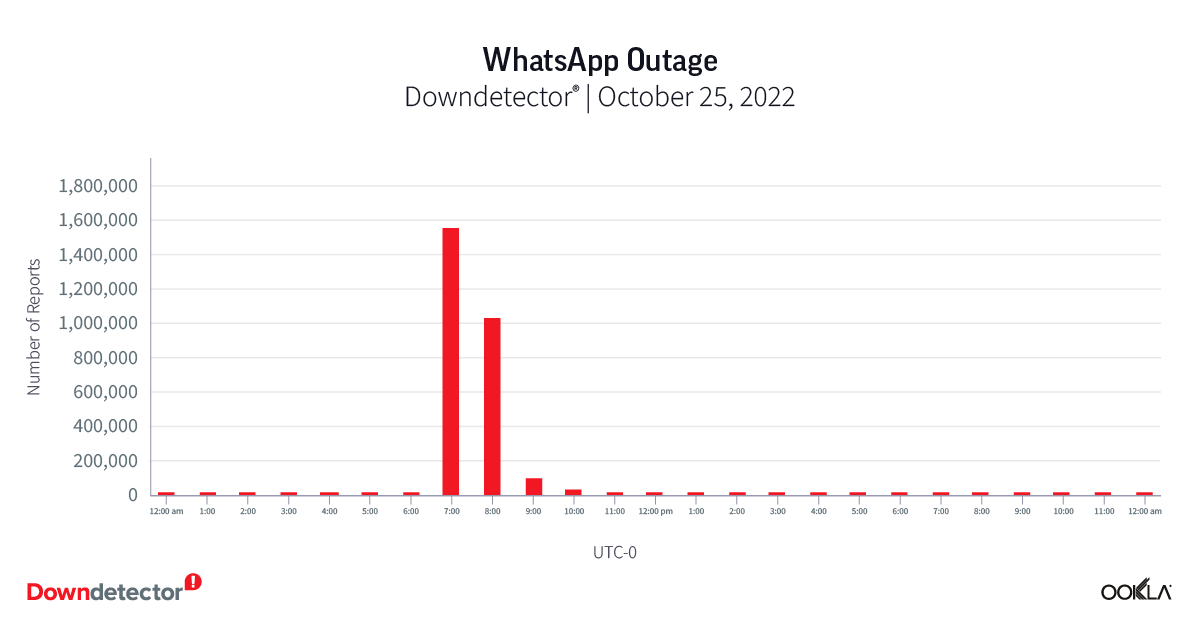Mobile World Congress (MWC) is next week in Barcelona, Spain, and Ookla® wanted to highlight what you should expect for mobile service around key landmarks throughout the beautiful Catalonian city as you explore the superblocks, beaches, Michelin-star restaurants, and bustling nightlife. Due to the COVID-19 pandemic, we used two years of data from Ookla Cell Analytics™ to show which Spanish operators have the best signal strength (RSRP) at landmarks including: la Sagrada Família, Barceloneta Beach, Palau de la Música and Catalonia Square, and Fira Gran Via where MWC will be held. We also examined user density, mobile data usage, signal quality, 5G RSRP, and 5G download speed (downlink throughput) data at La Rambla.
La Sagrada Família
A must-see landmark during any trip to Barcelona, la Sagrada Família has been under construction for nearly 140 years. Designed by famed Barcelona architect Antoni Gaudí, the Catalonian basilica is an important area for mobile coverage for everyone who wants to upload iconic photos to their social media.
As you can see above, competition was tight for best 4G LTE signal strength at la Sagrada Família, with Yoigo having the strongest 4G LTE signal (RSRP) both indoors and outdoors at -89 dBm. Movistar followed at -94 dBm, Vodafone at -97 dBm, and Orange at -98 dBm. Looking specifically at the indoor map, Yoigo had the strongest signal in the main basilica and in the gift shop, Movistar in the Sagrada Família Schools, and Vodafone at Associació Centre Juvenil Sagrada Família. If you’re at Ben & Jerry’s or McDonald’s across the street, Yoigo will have the strongest signal.
Zooming in, we see that signal strength coverage isn’t everything; Yoigo has dramatically better quality than all the other networks indoors within the shaded polygon area surrounding Sagrada Família. This means faster uploads of photos and images at this popular landmark, which had 4.7 million visitors in 2019. The following maps show how each provider’s signal strength performed around La Sagrada Família, with red showing a strong 4G LTE RSRP signal and blue showing a weak RSRP signal.
Looking at each provider map above, we can see Yoigo has areas of strong signals in pink throughout the map, especially around la Plaça de les Glòries Catalanes. Movistar has areas of strong signal near la Sagrada Família, though some weak blue signals in the northwest and the block off la Plaça de les Glòries Catalanes. Vodafone has a very strong signal near la Plaça de les Glòries Catalanes, though the areas surrounding la Sagrada Família have weaker blue spots. Orange has weaker signals in the blocks surrounding la Sagrada Família, though strong signals in the southeast of the map near la Plaça de les Glòries Catalanes.
Barceloneta Beach
One of Barcelona’s most beautiful beaches, Barceloneta Beach is a great spot for tourists and locals alike hoping to get some sun and relaxation — not to mention one of the best places to get fresh paella.
Using Cell Analytics “Stats within Polygon” feature, we found Movistar had the strongest 4G LTE signal (RSRP) at -93 dBm at Barceloneta Beach, followed by Vodafone and Yoigo at -96 dBm, and then Orange (-98 dBm). In particular, the Mercat de la Barceloneta shows a strong signal, though has areas surrounding it with weaker overall signals and could indicate a key location for operators to expand. We also included maps for the best network for 4G LTE signal strength for both indoor and outdoor areas, which show healthy competition between all providers for both indoor and outdoor areas neighboring Barceloneta Beach. In Barceloneta Beach’s case, a zoom level of 300 meters was used due to the larger size of the landmark.
The above images show provider signal strength maps over the past year. Movistar has strong pink and red signals near Hospital del Mar and Club Natació Atlètic Barceloneta near the beach, as does Vodafone. Yoigo has weaker blue signals on the beach, though some strong areas near the Mercat de la Barceloneta. Orange has strong signals near the Hospital del Mar, though the surrounding neighborhoods have areas of weaker blue signals.
Palau de la Música Catalana and Catalonia Square
If you have time to catch a classical show while you’re at MWC, the early 20th Century Palau de la Música is for you. Located near Catalonia Square (the city center and heart of old Barcelona) Palau de la Música is a must-see location for its architecture and gorgeous interior which includes a magnificent stained-glass skylight.
As you can see above in the graphic with the smaller shaded polygon on the right, Palau de la Música is an area with weaker mobile signals; every provider except Movistar recorded RSRP signals at -100 dBm and below, with Movistar having the strongest signal at -98 dBm, followed by Vodafone and Yoigo at -103 dBm and then Orange (-104 dBm). Data from Catalonia Square shaded polygon to the west painted a much different story with Movistar having the strongest signal at -81 dBm, followed by Vodafone (-84 dBm), Yoigo (-85 dBm), and Orange (-96 dBm). As you can see from the indoor and outdoor maps, there was intense competition throughout the area, with Vodafone and Movistar showing strong signals in outdoor areas and Orange and Yoigo showing strong indoor signals.
The maps above show Movistar had a very strong signal in Catalonia Square — evidenced by a cluster of pink and red points on the map — though it had a few weak signal areas directly to the east. Vodafone also had a strong signal near Catalonia Square, as well as a few areas to the northwest and east of the map, though, and Vodafone had some weak blue spots throughout the map. While Yoigo had some strong signals to the northwest and southeast, the core areas around Palau de la Música showed some weaker blue signals. Orange had a weaker signal throughout the map, particularly around the northeast of the map.
Fira Gran Via (home to MWC)
When you’re visiting us at MWC this month at Hall 2, Stand 2i28, getting a strong signal at the Fira Gran Via convention center will be incredibly important, especially if you’re taking a Speedtest® with our iOS or Android apps at our booth. The maps below show what you can likely expect inside and outside the Fira Gran Via, as well as 3D renderings of the area for each mobile operator.
As you can see from the images above, most operators have very strong signals in the area, with all operators having an RSRP signal strength between -79 dBm and -85 dBm, with Yoigo, Movistar and Orange showing the strongest indoor signal (RSRP) in key buildings.
As you can see above in the 3D renderings in Cell Analytics, Yoigo has a very strong signal throughout the Fira Gran Via except for halls 4, 6, and 8. Movistar also showed strong signal strength, particularly in halls 1, 4, 5, and 6. Vodafone showed strong RSRP in halls 3 and 7, as did Orange, though Orange’s signal in halls 2 and 1 were slightly weaker. All operators showed signal quality (RSRQ) at -8 dB except Orange, which was at -9 dB.
La Rambla
La Rambla is a gorgeous pedestrian street that defines Barcelona’s eloquent urbanism. It’s full of shops, restaurants, and everything you’d ever need. La Rambla stretches from Catalonia Square to Barceloneta Beach and you won’t want to miss visiting if you can tear yourself away from MWC.
Looking at User Density and Mobile Data Usage over the past two years, we can see above that La Rambla is one of the most heavily trafficked streets in the area, with a high density of users shown in dark red and many areas of mobile 4G LTE data usage over 750 MB, particularly near Catalonia Square.
As we can see above, Yoigo is providing the strongest coverage in the selected portion of La Rambla, achieving a signal strength of -87 dBm, much higher than other operators, including Movistar (-91 dBm), Vodafone (-92 dBm), and Orange (-94 dBm). Yoigo also provided the best signal quality (RSRQ) at -8 dB, although Movistar was also very good here at -9 dB. Both Vodafone and Orange followed at -10 dB for RSRQ.
Examining where 4G LTE cell site locations are on La Rambla, we see that all providers have invested heavily in the area, with Yoigo and Movistar each having more than four locations along La Rambla itself.
Looking at only 5G, the operators appear to be starting to fill in the area with 5G coverage. Competition was very close for the strongest 5G signal signal strength, with Vodafone achieving the highest at -88 dBm, followed by Orange (-89 dBm), and Movistar (-90 dBm), while Yoigo didn’t appear to be providing 5G in this location yet. Vodafone also had the fastest speeds, with areas near Catalonia Square reaching a downlink throughput of greater than 100 Mbps in many locations.
Cell Analytics can help you optimize and improve your network
We hope this tour of mobile coverage and performance at Barcelona’s landmarks shows you how useful Cell Analytics is for benchmarking your network. For more details, find out how we helped Batelco speed forward using Cell Analytics in Bahrain. We’re ready to help you improve your network. If you want to learn more about Cell Analytics, please inquire today or come by Hall 2, Stand 2i28 at MWC for a demo.
Ookla retains ownership of this article including all of the intellectual property rights, data, content graphs and analysis. This article may not be quoted, reproduced, distributed or published for any commercial purpose without prior consent. Members of the press and others using the findings in this article for non-commercial purposes are welcome to publicly share and link to report information with attribution to Ookla.
